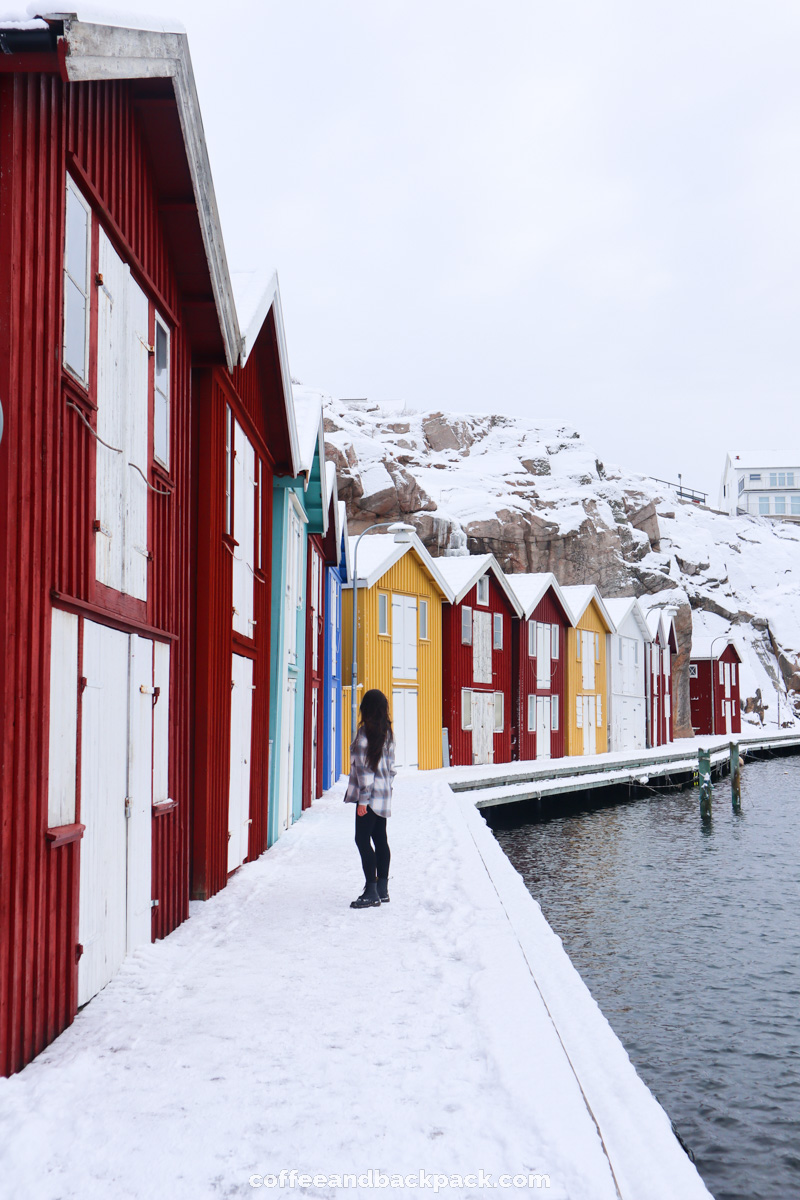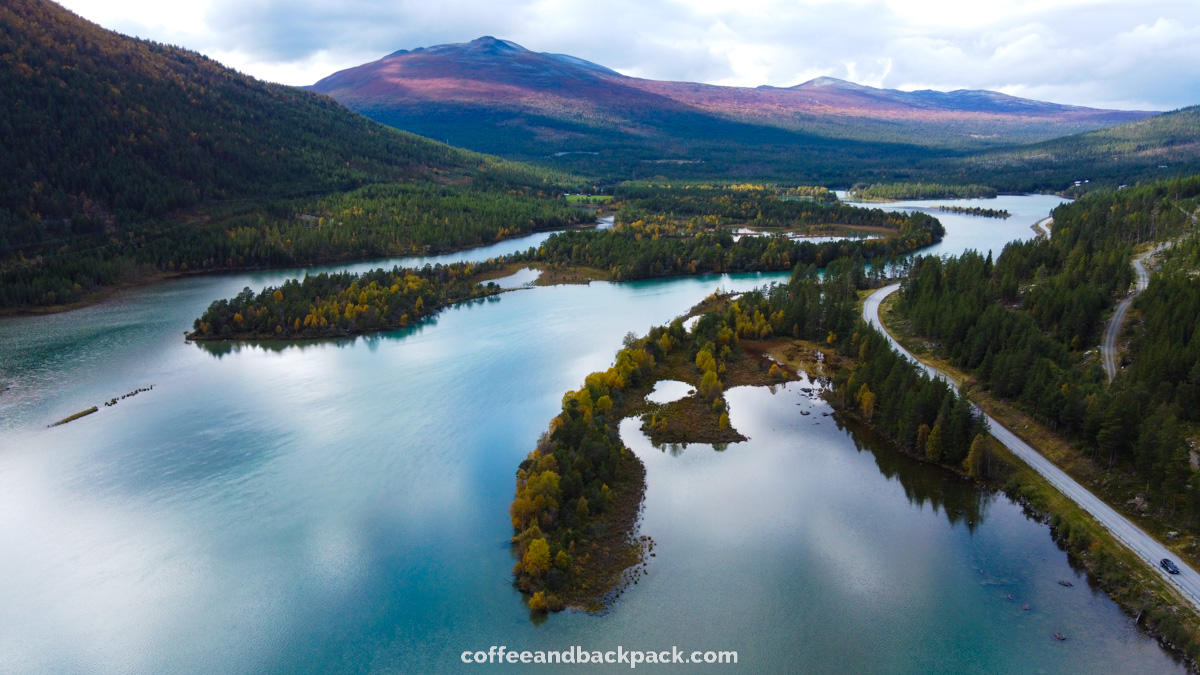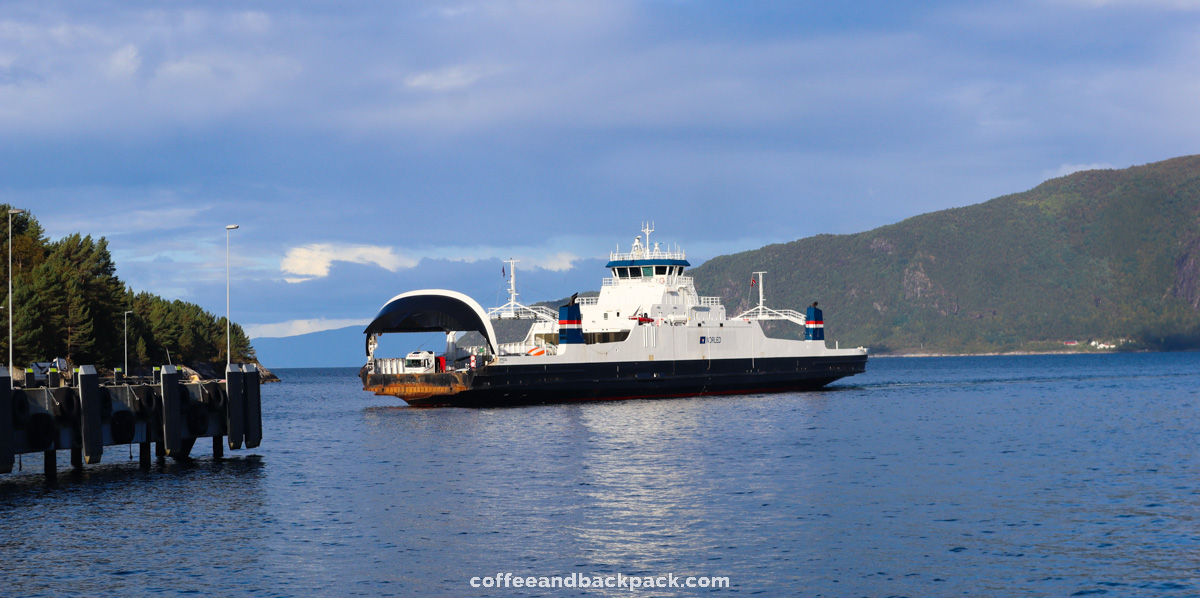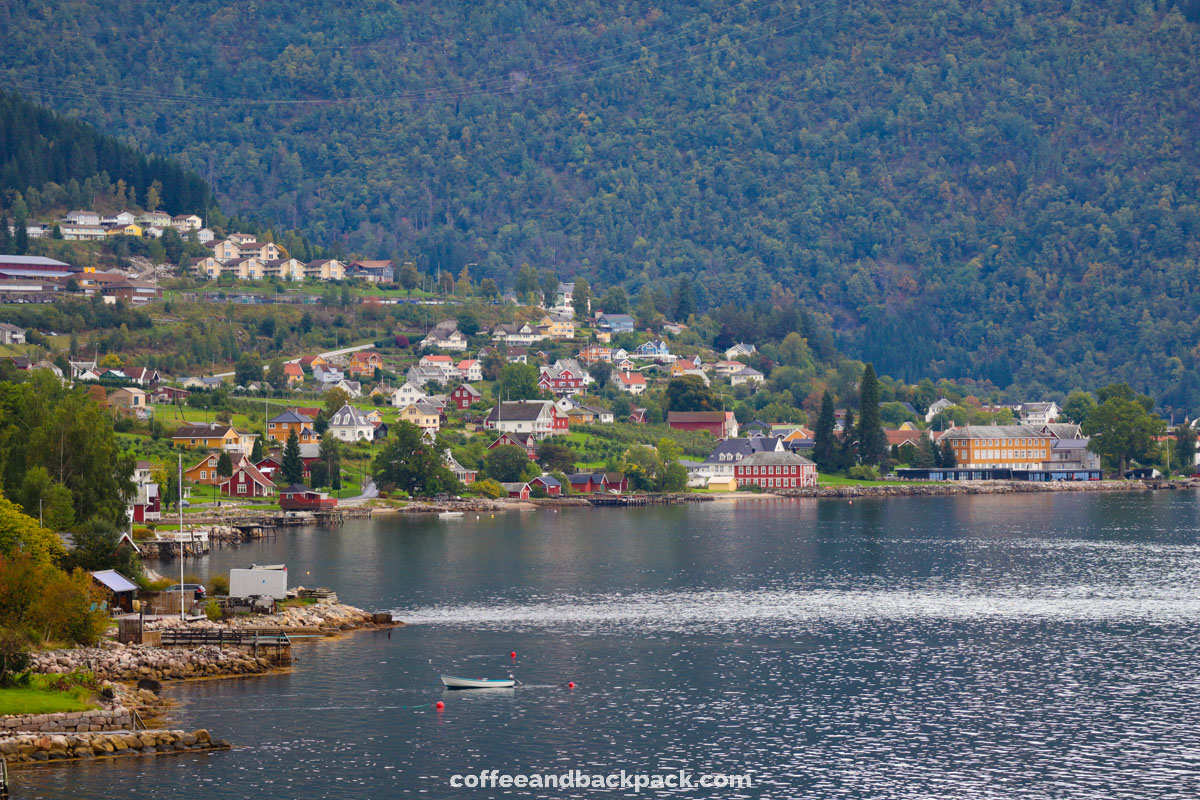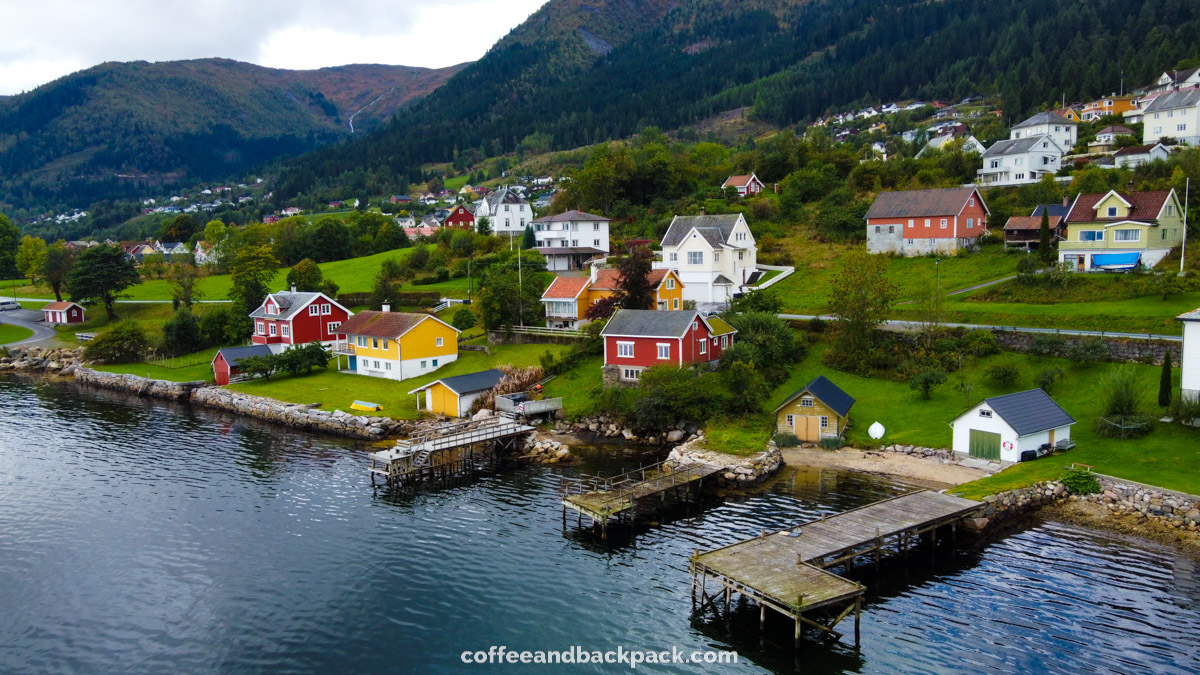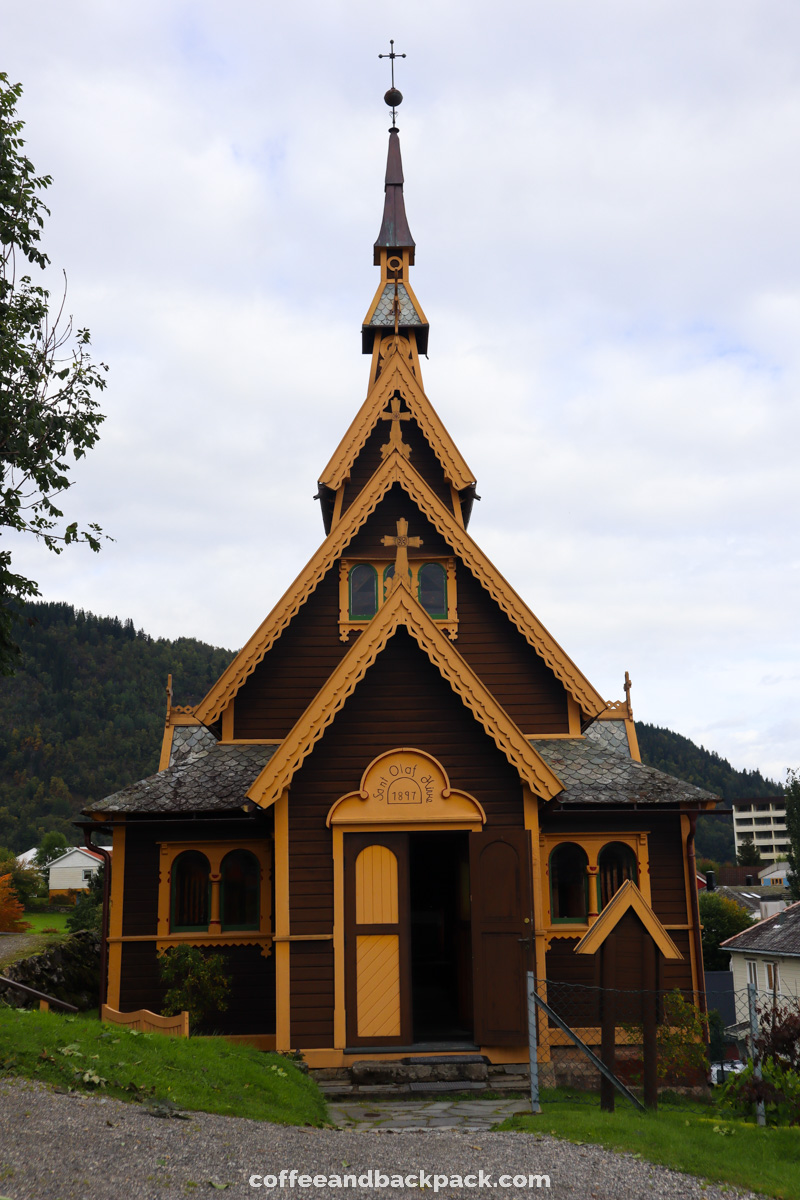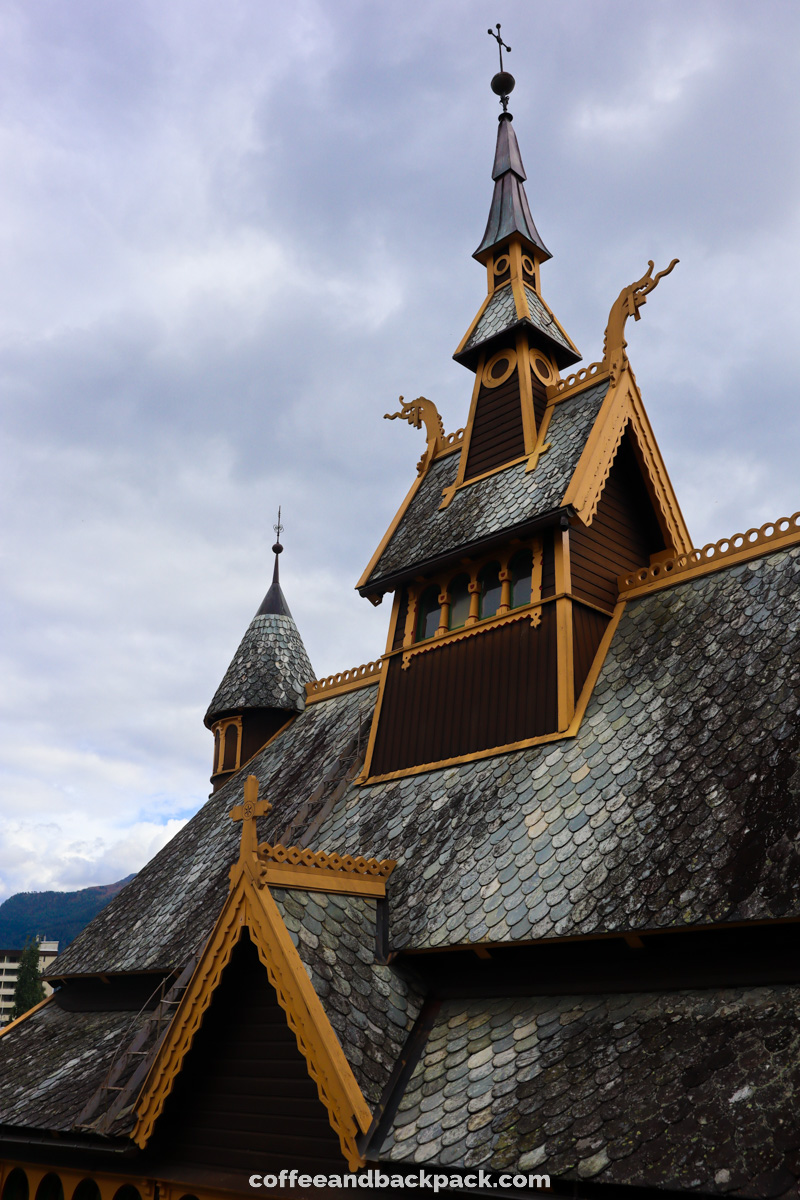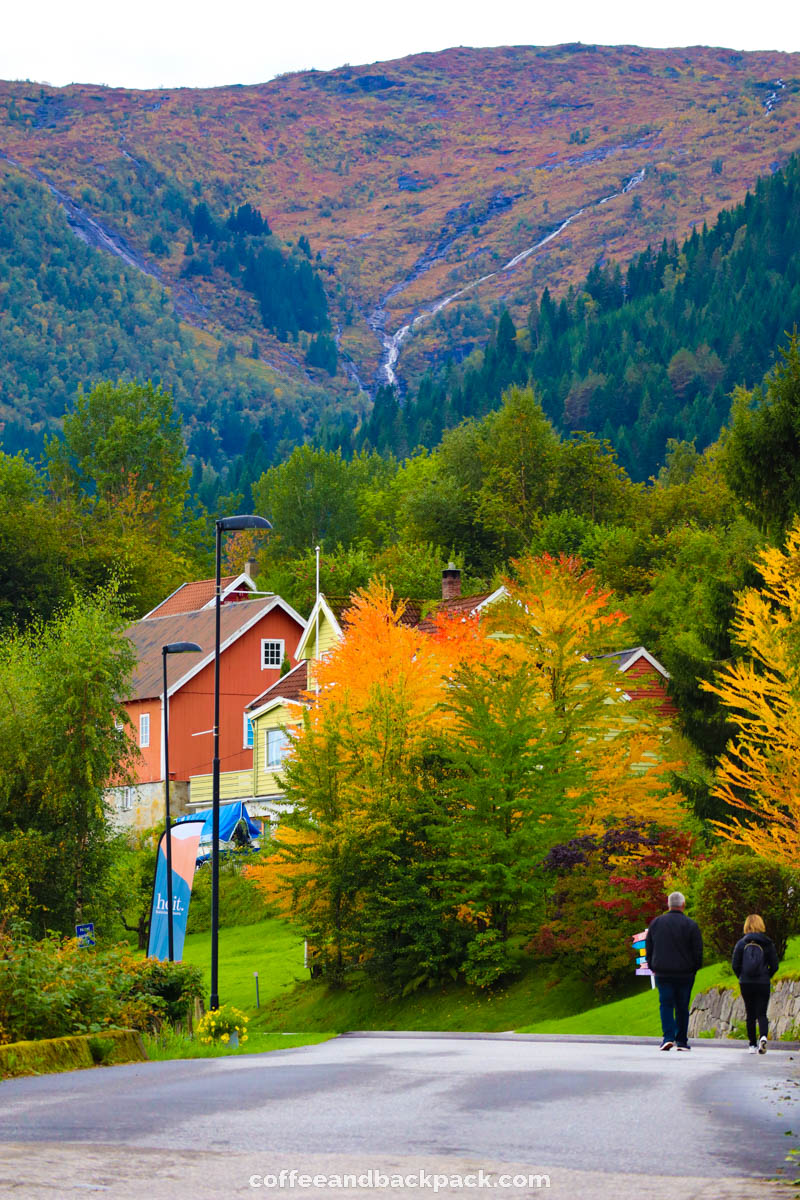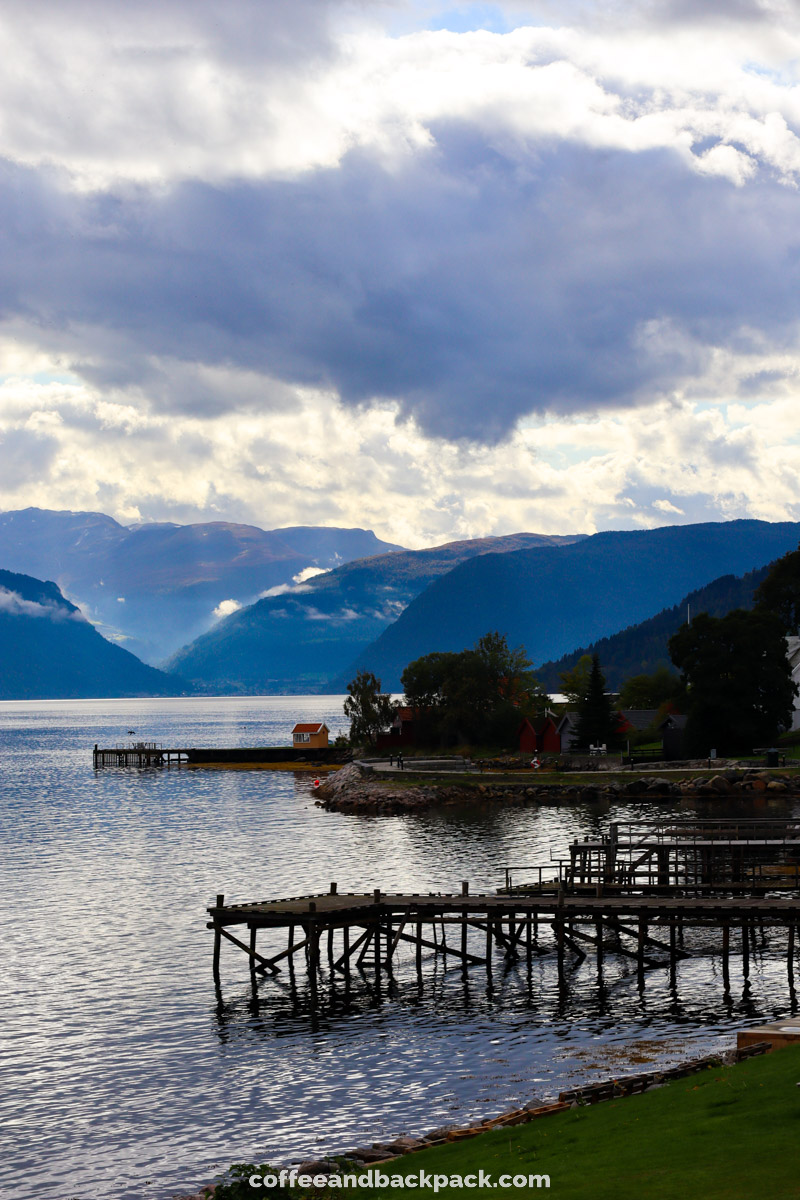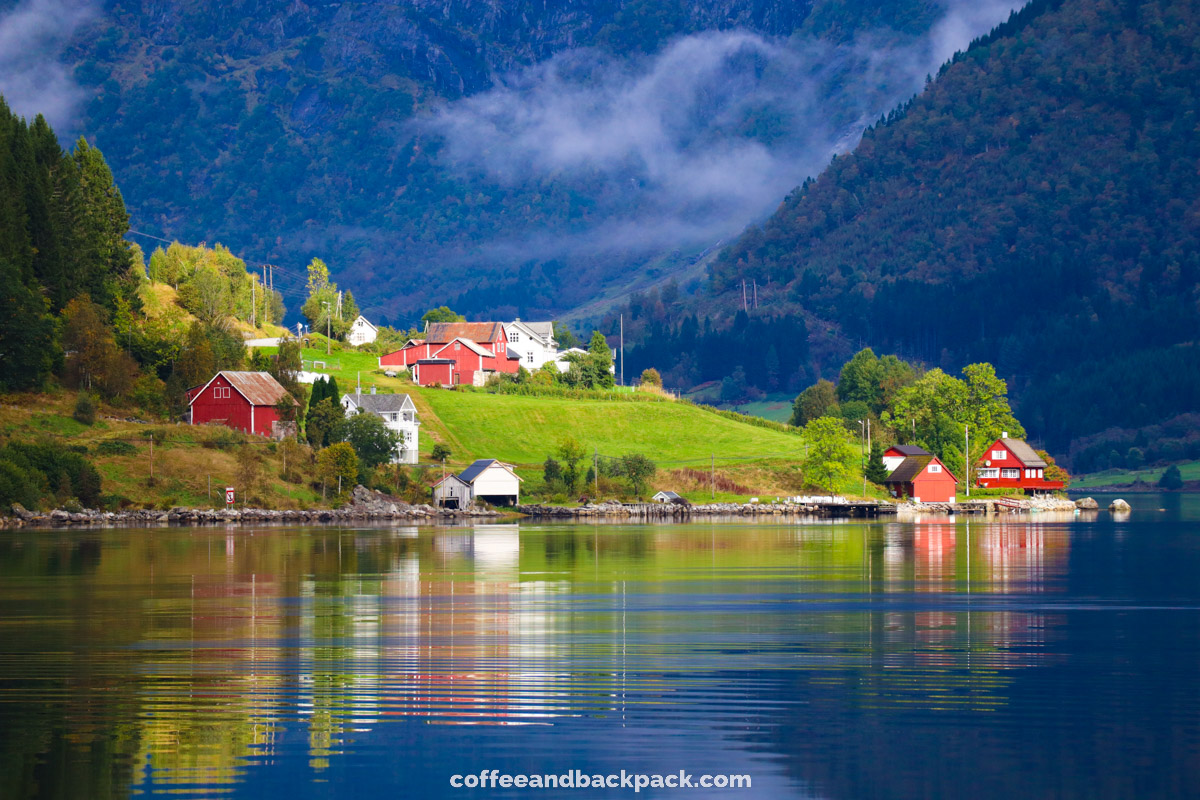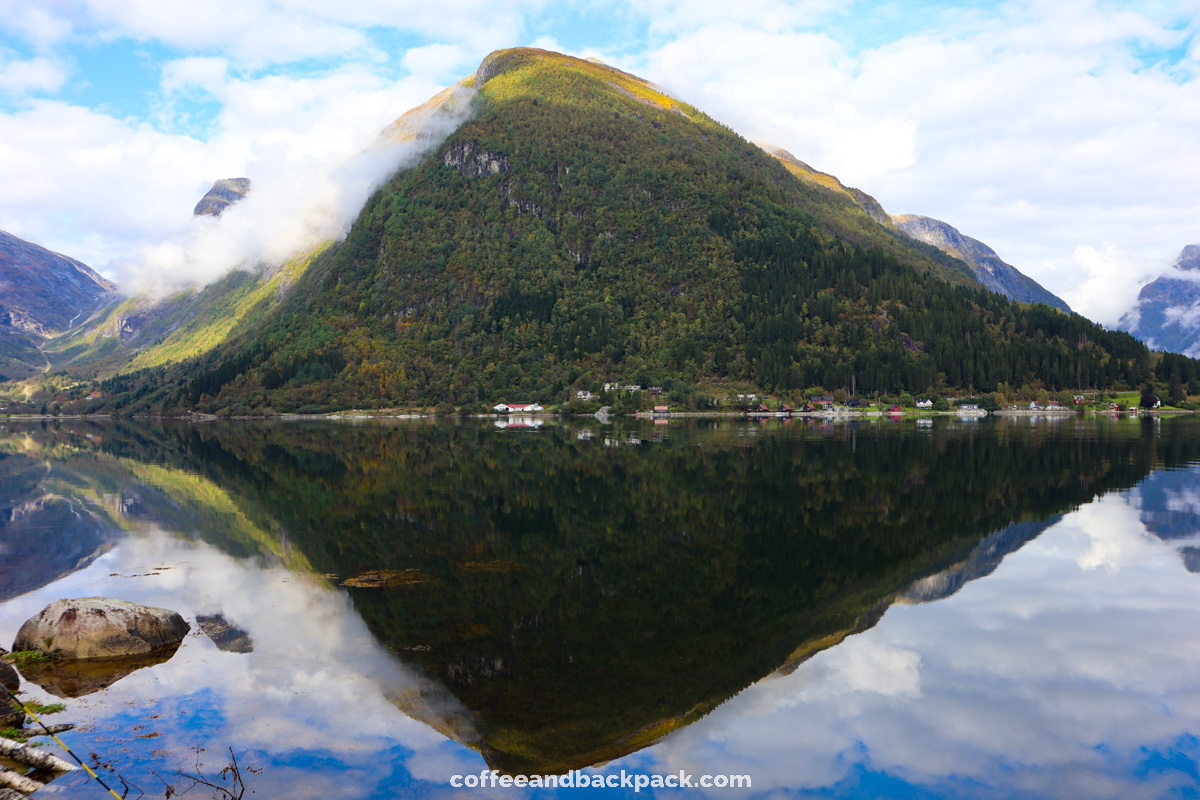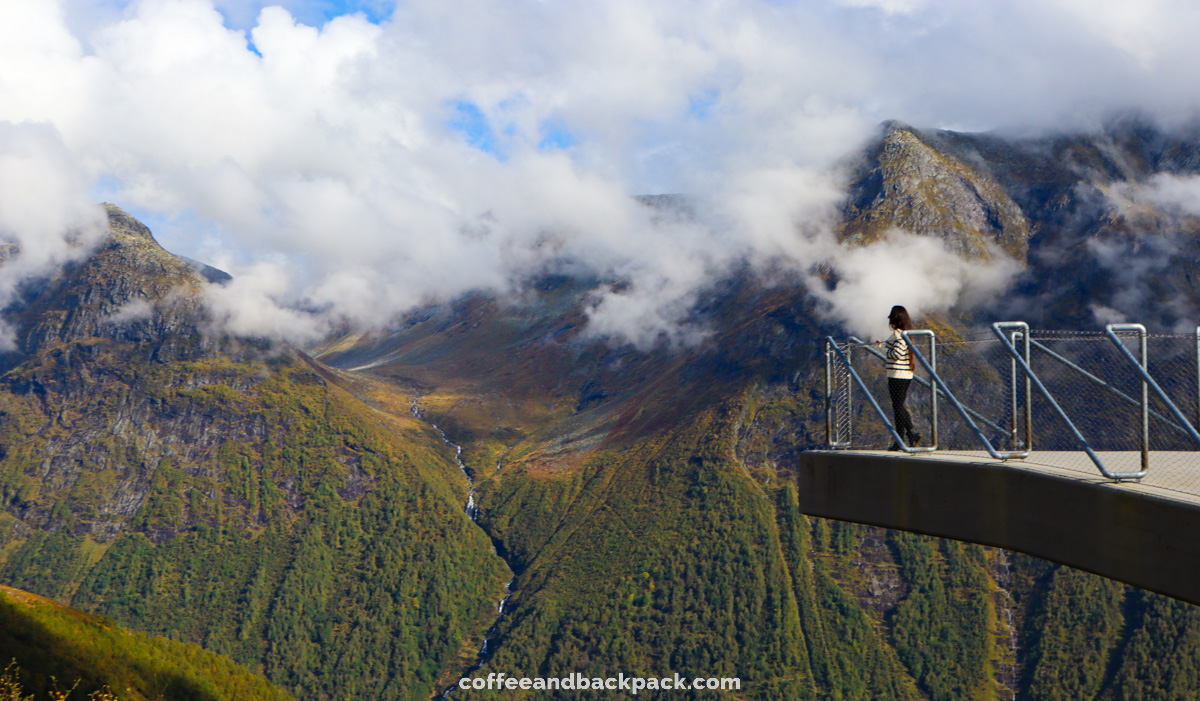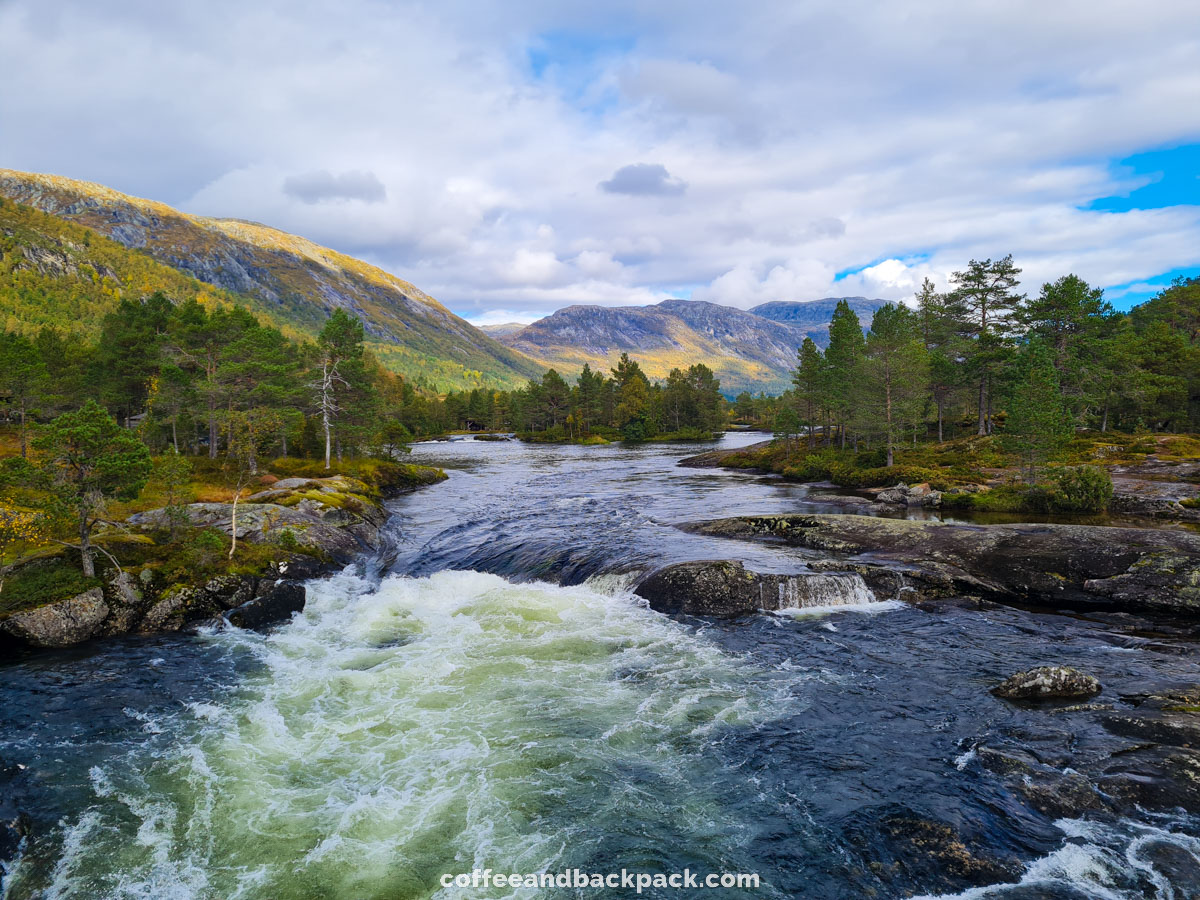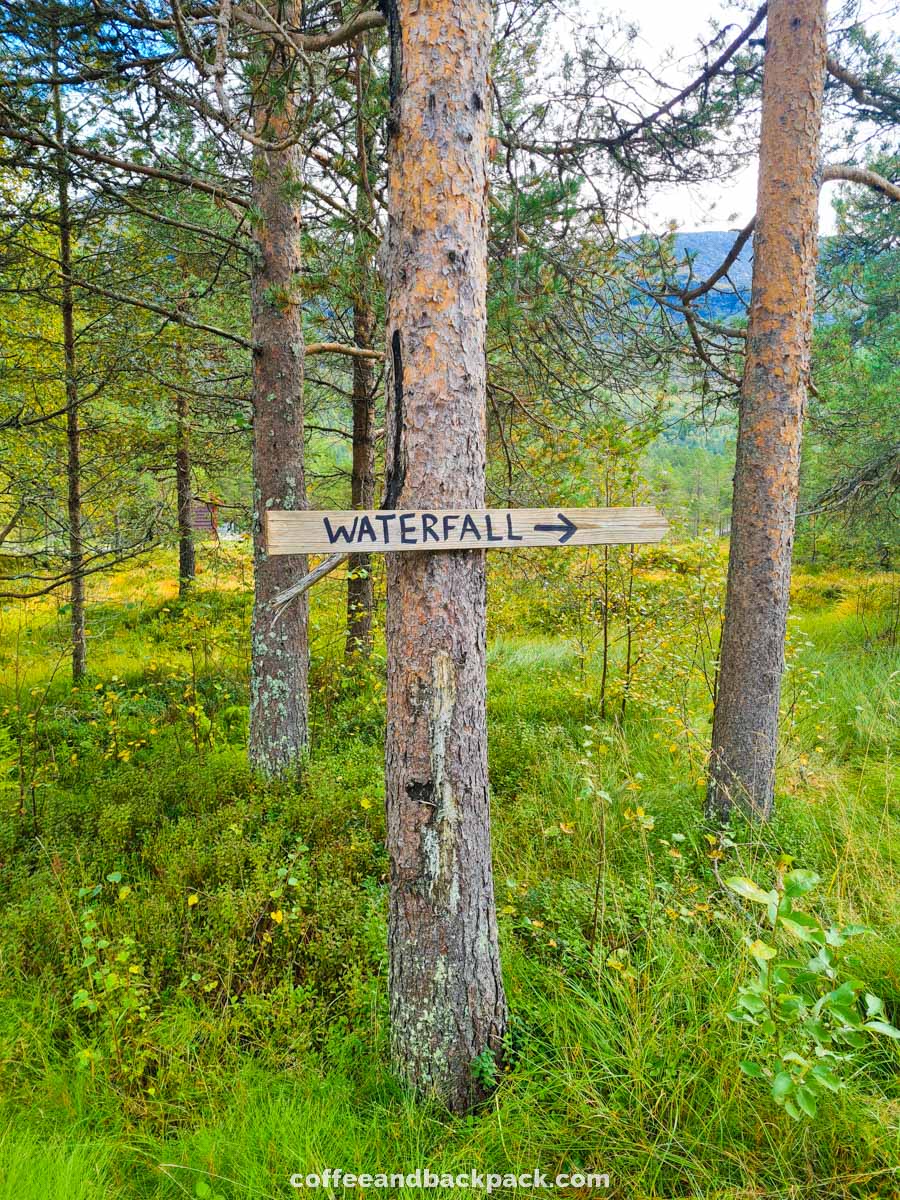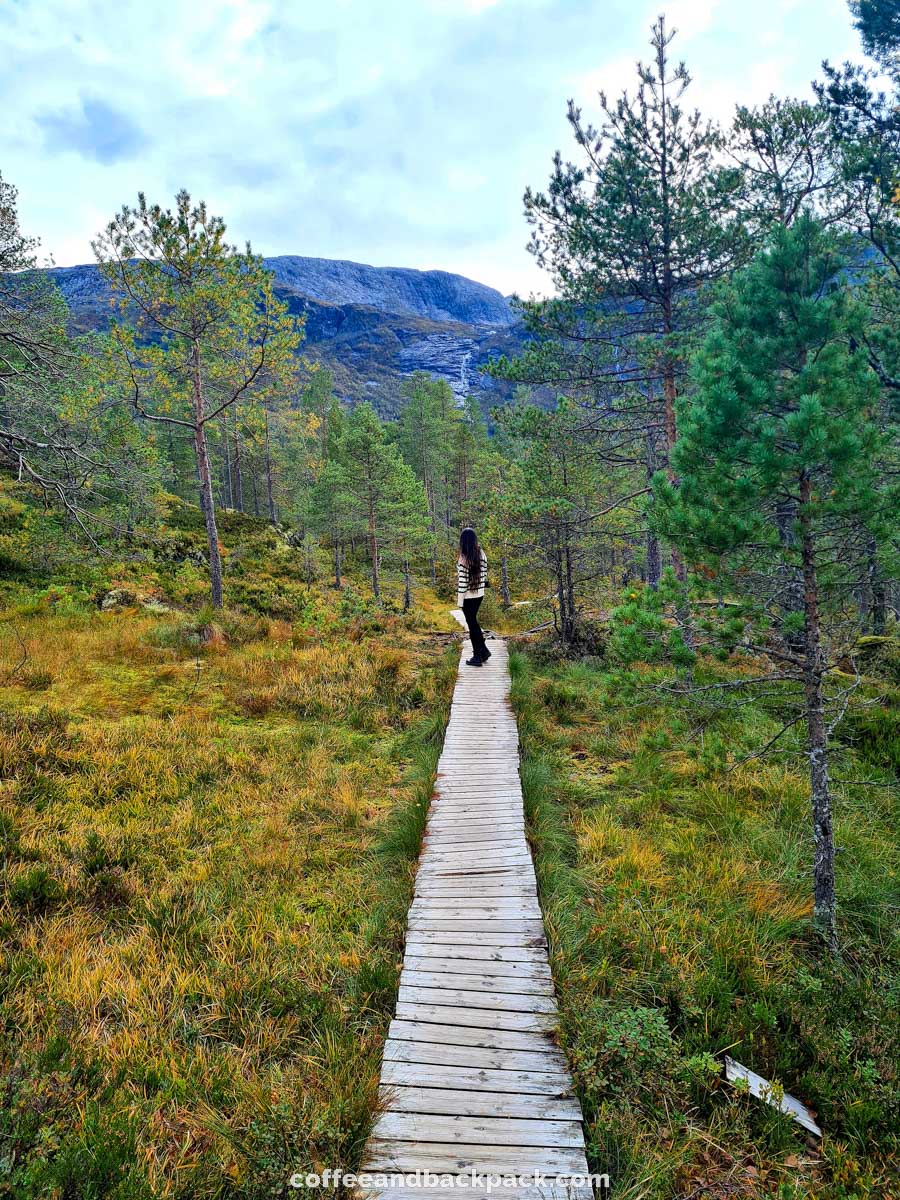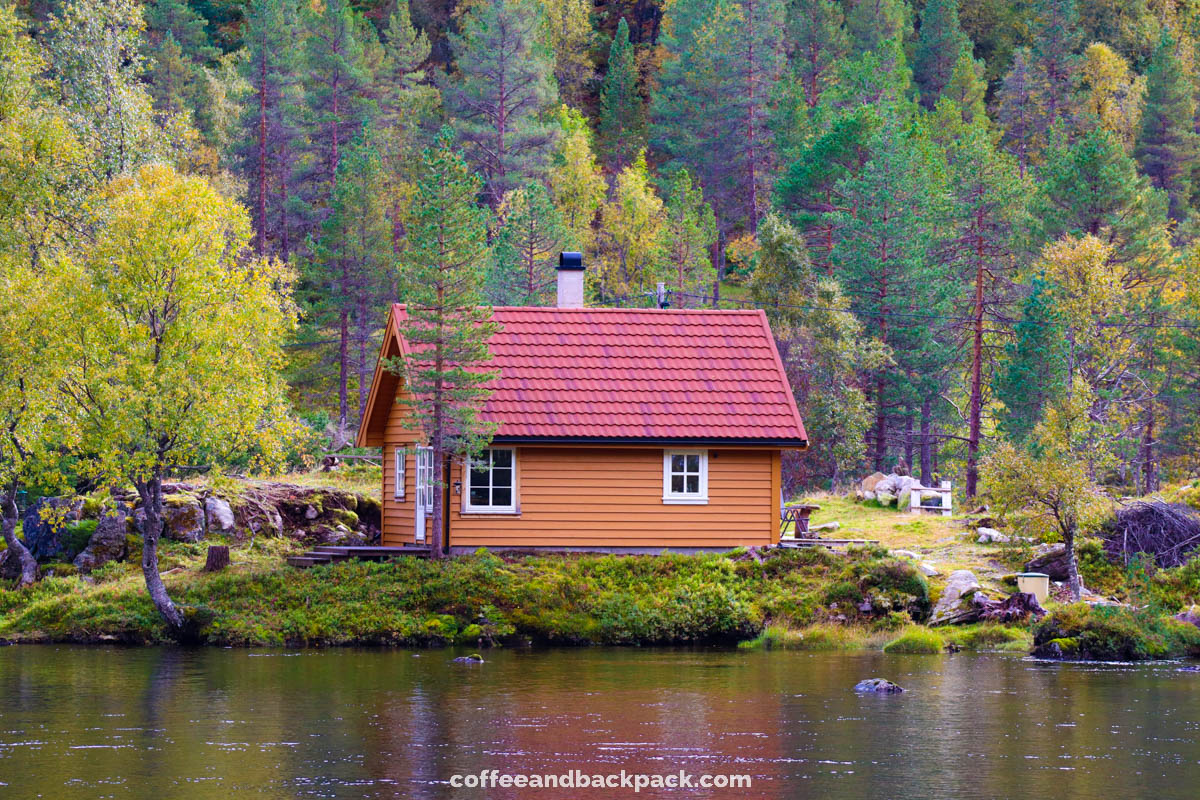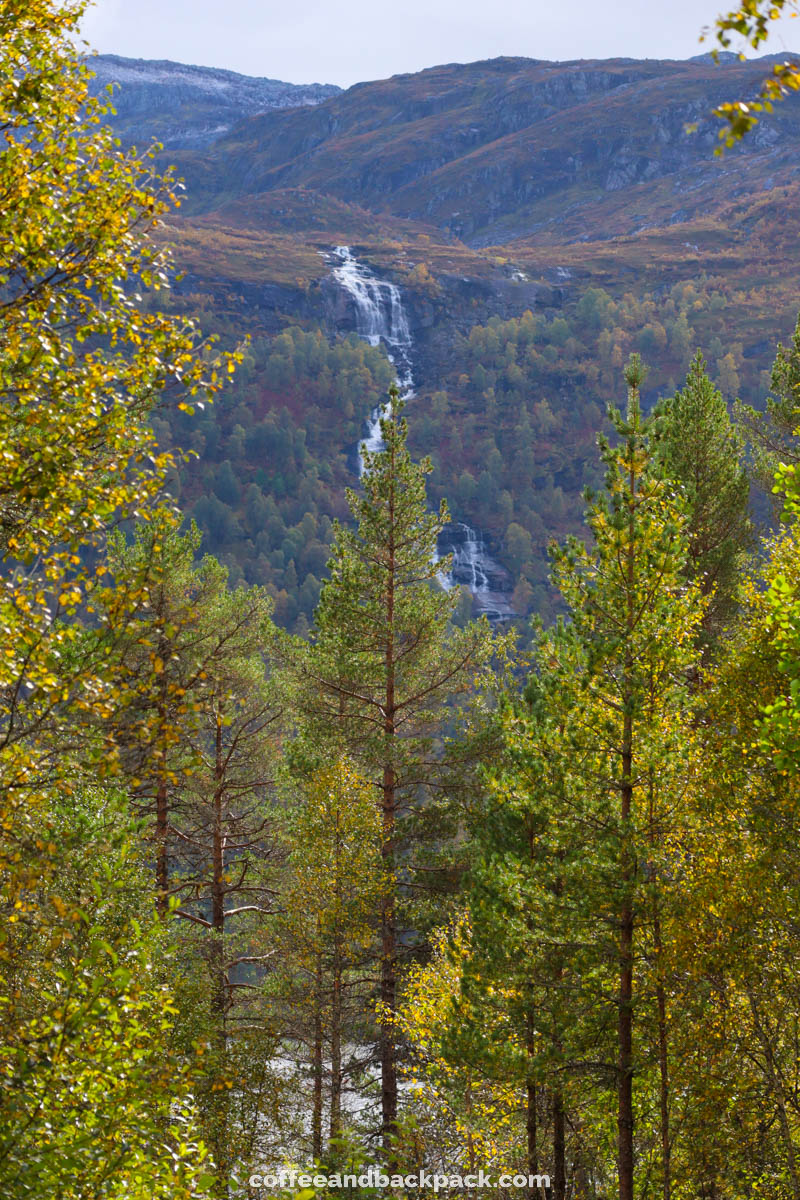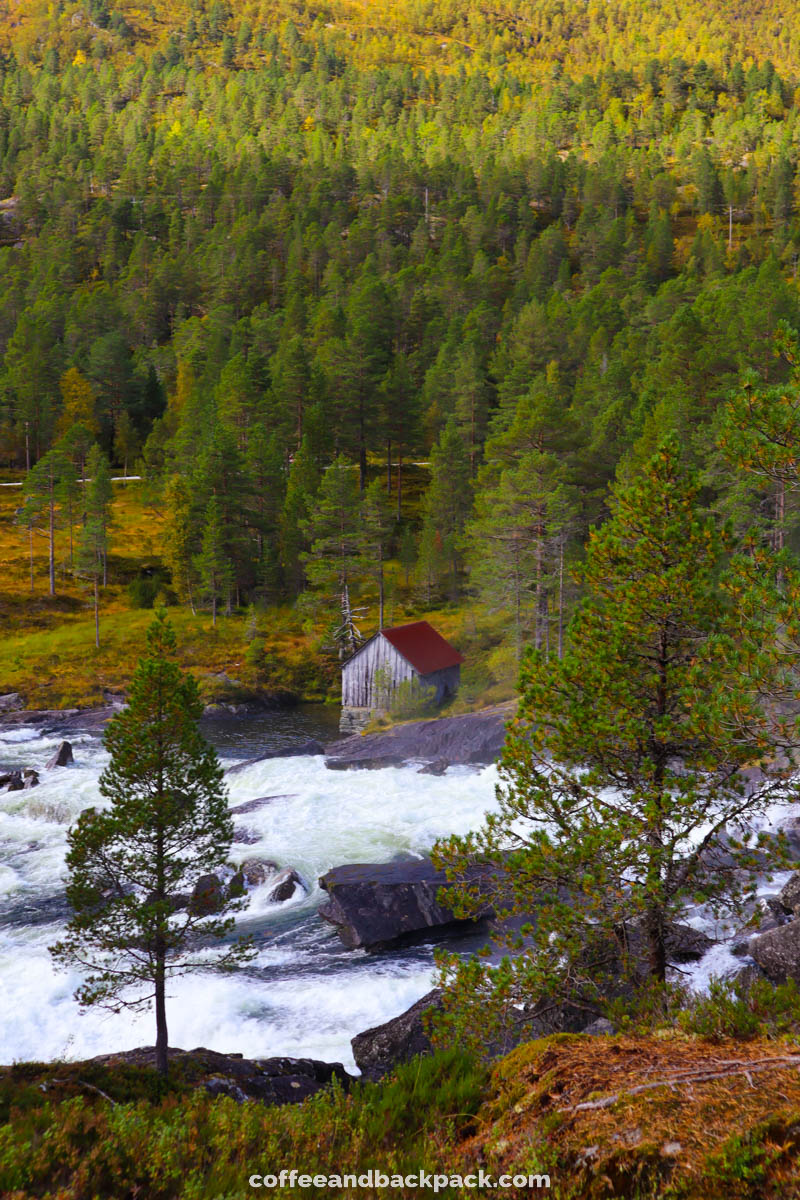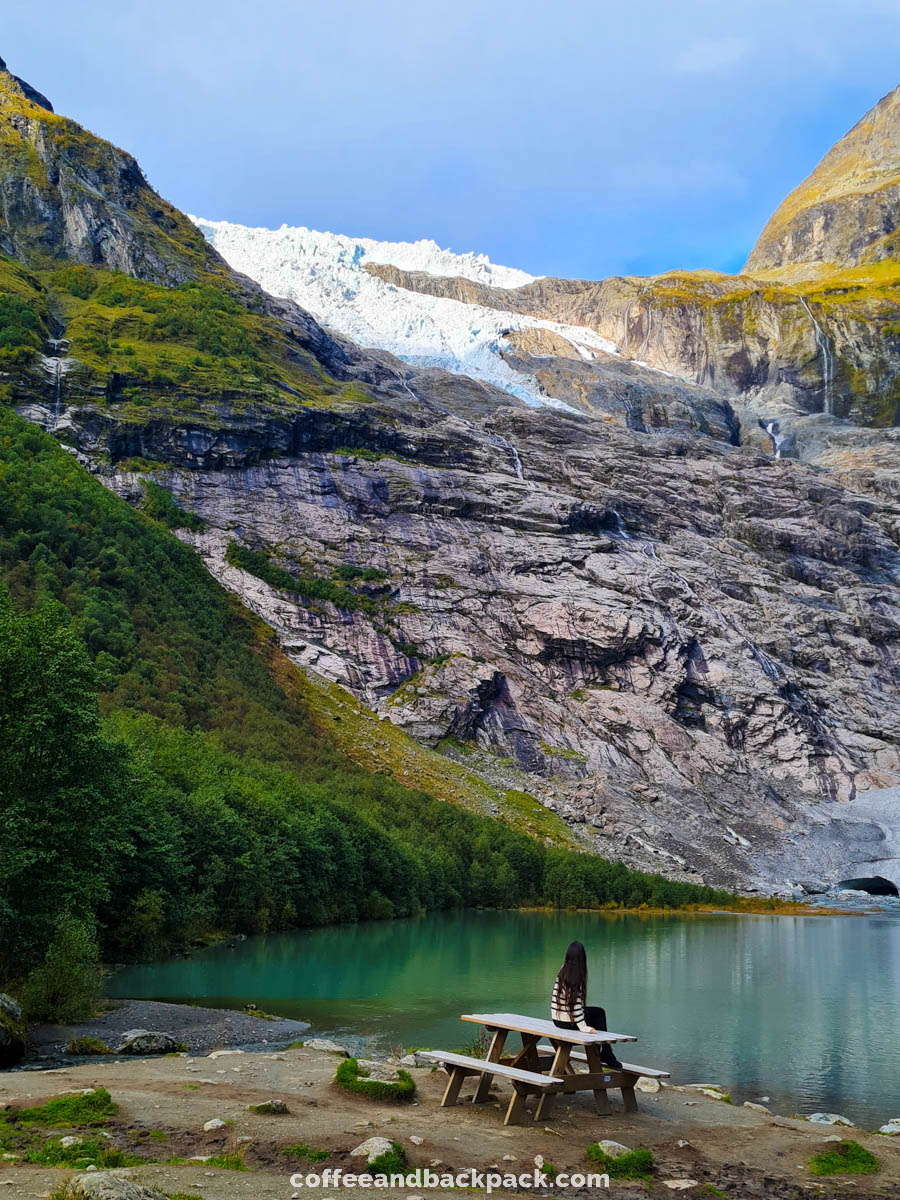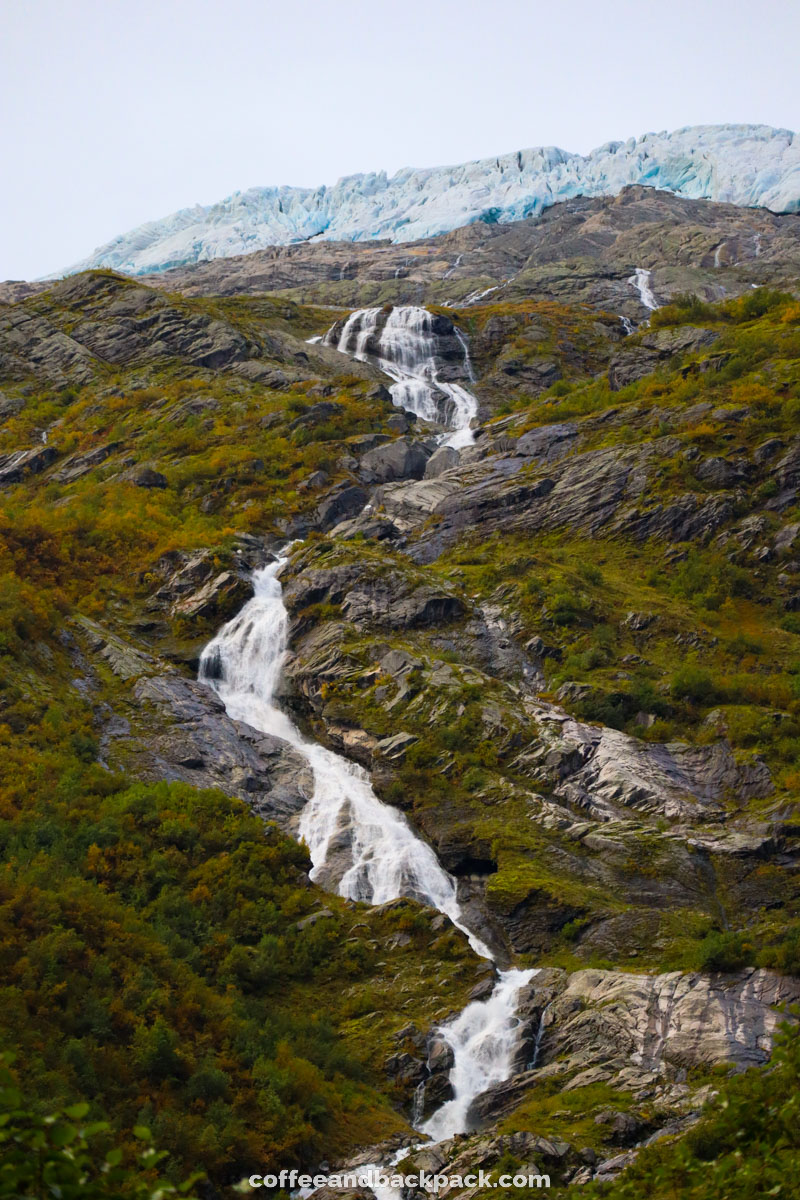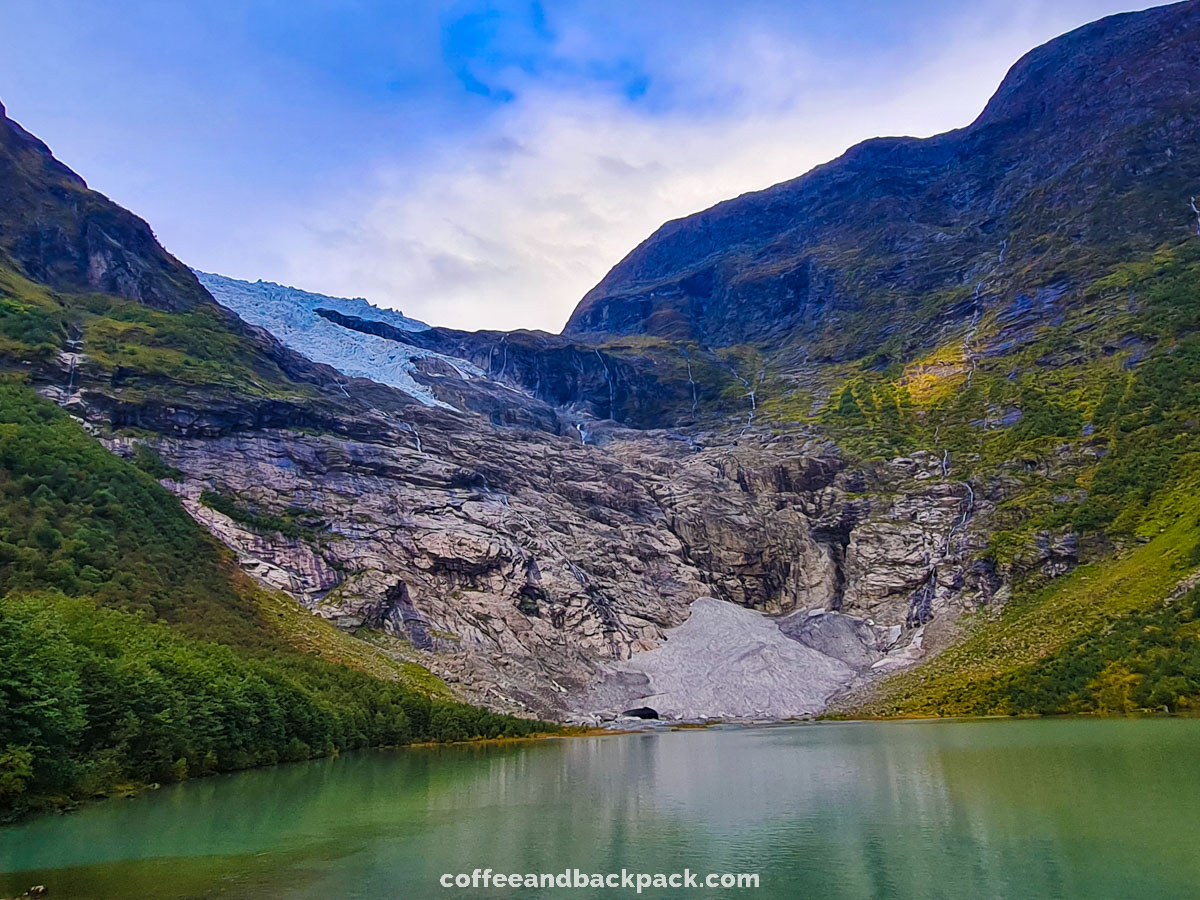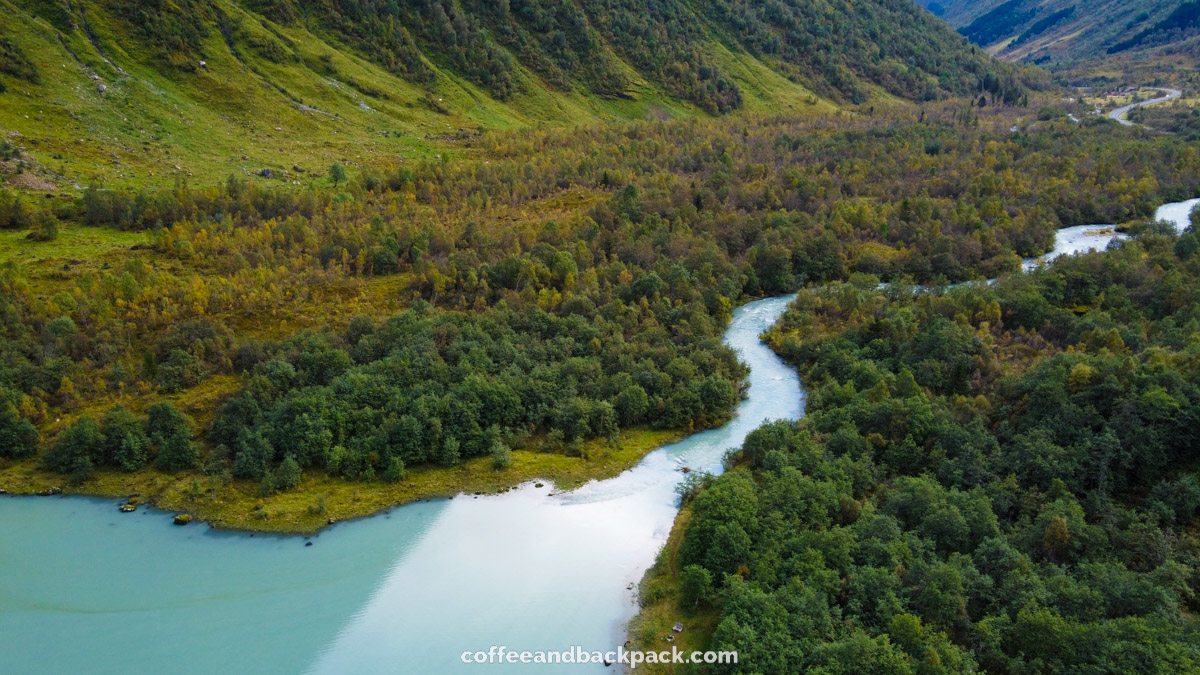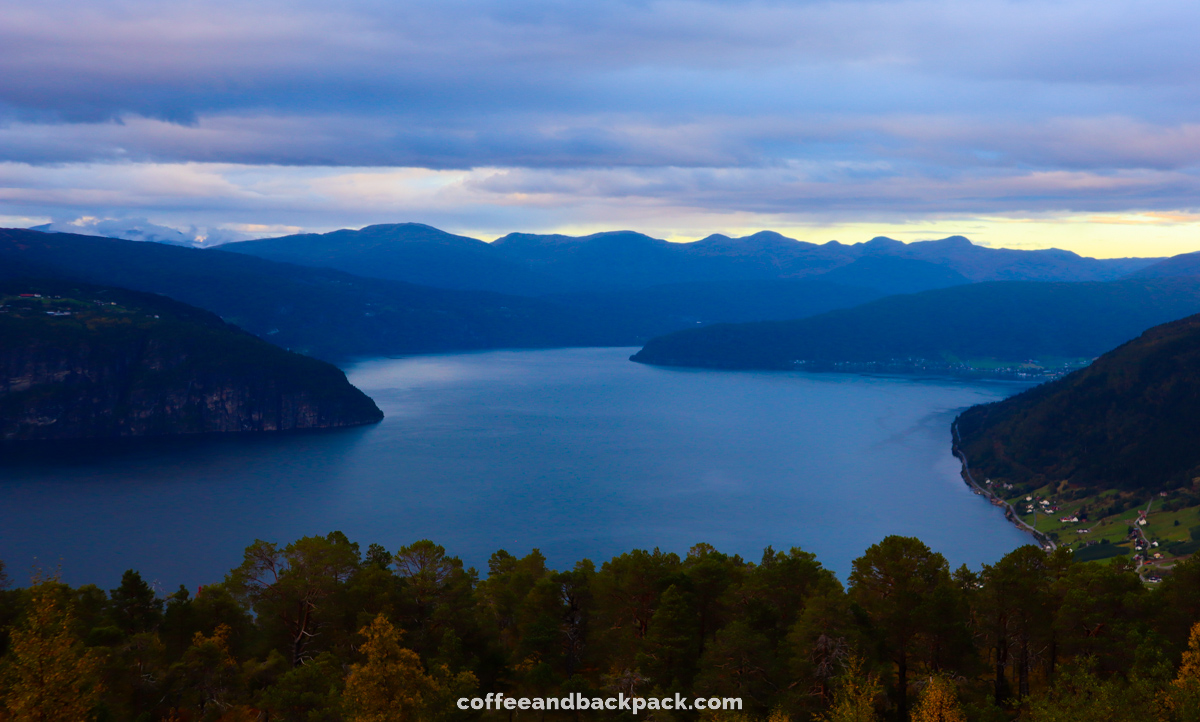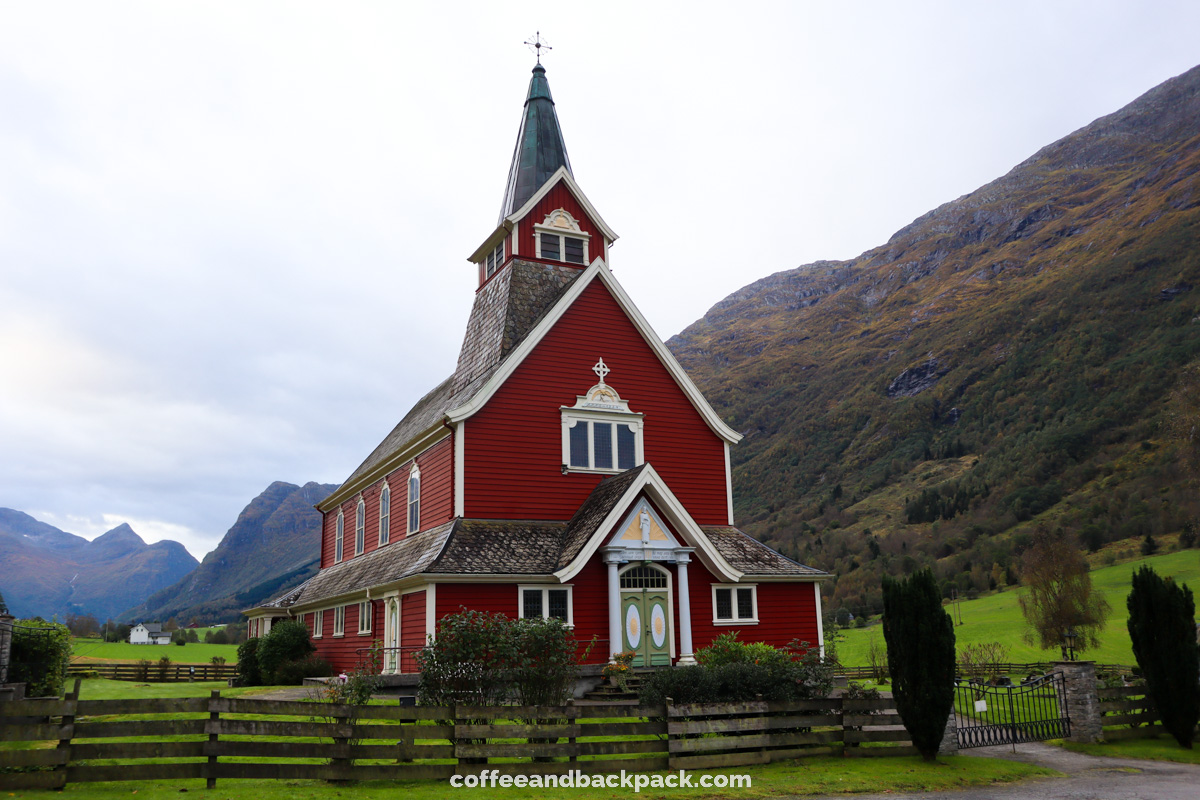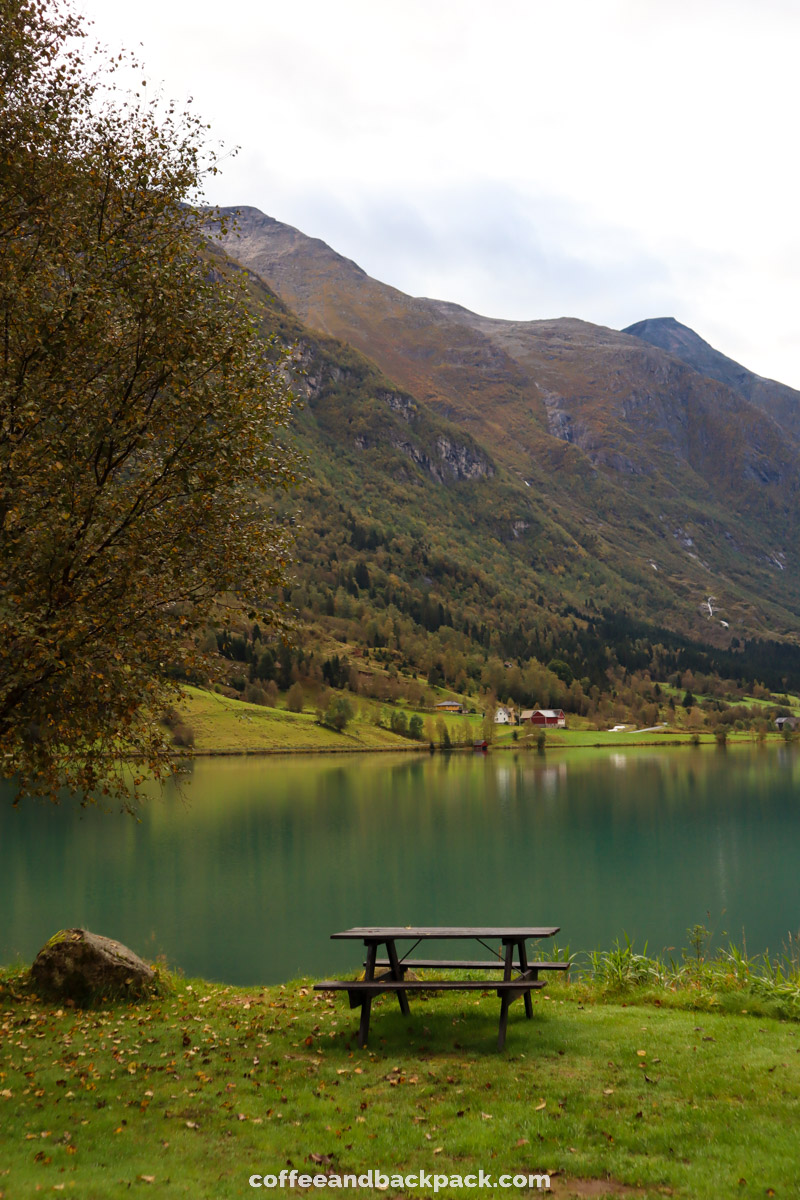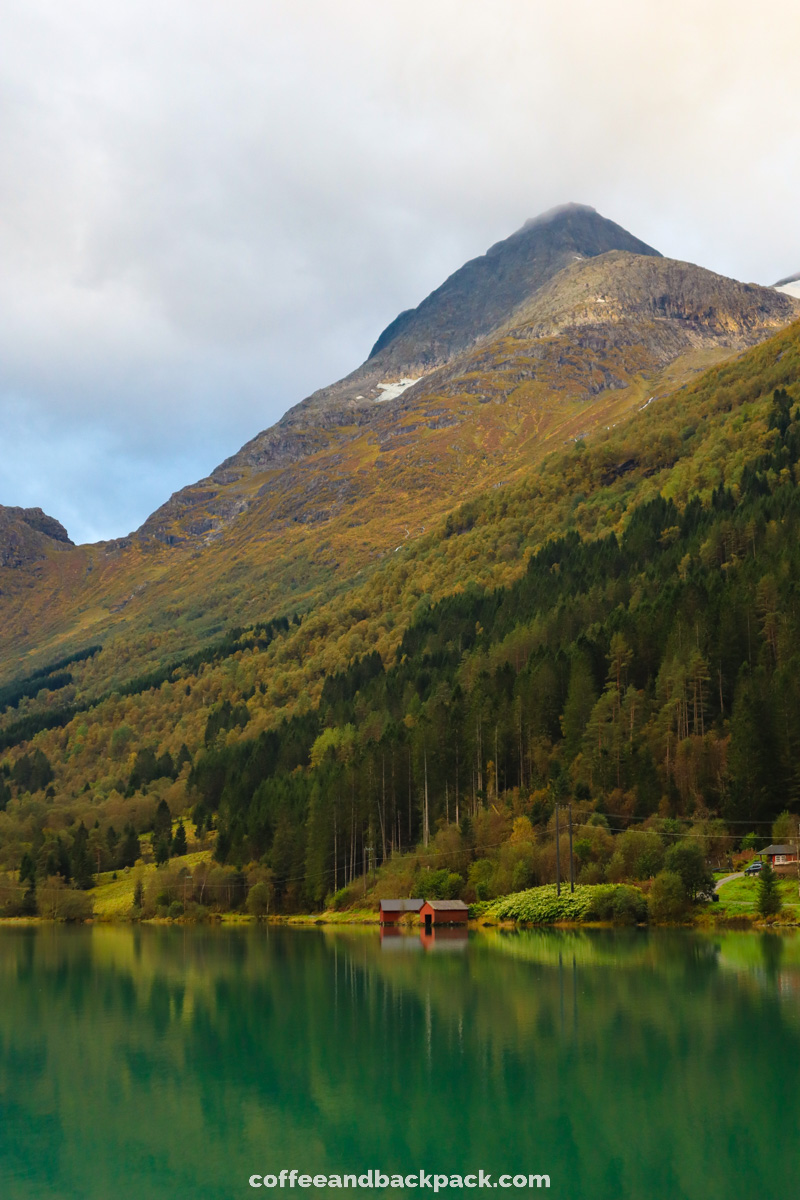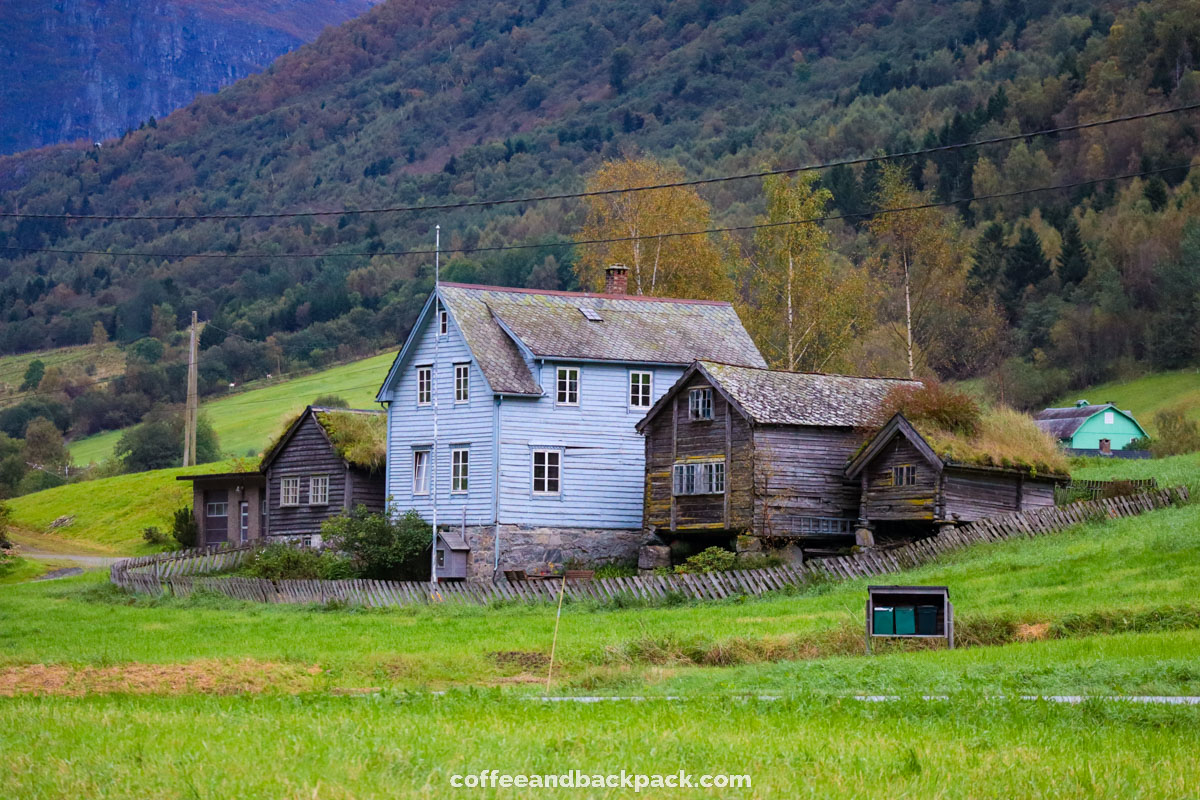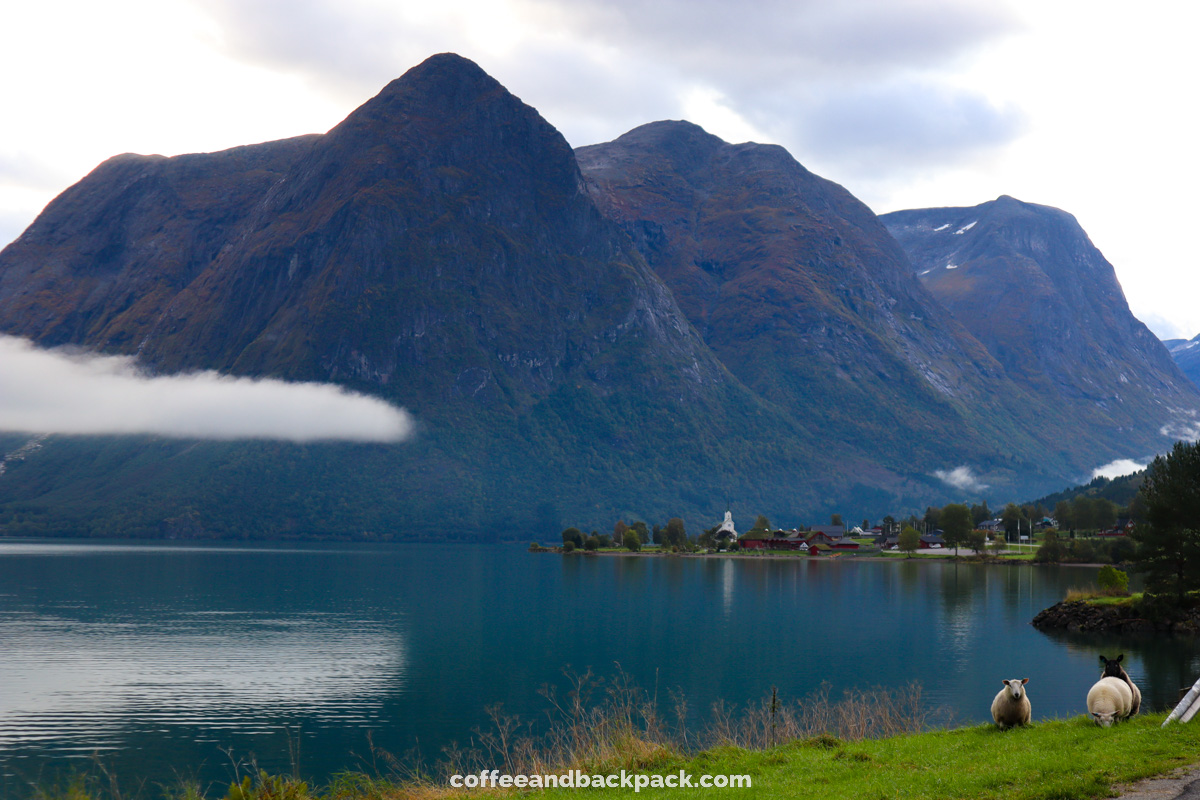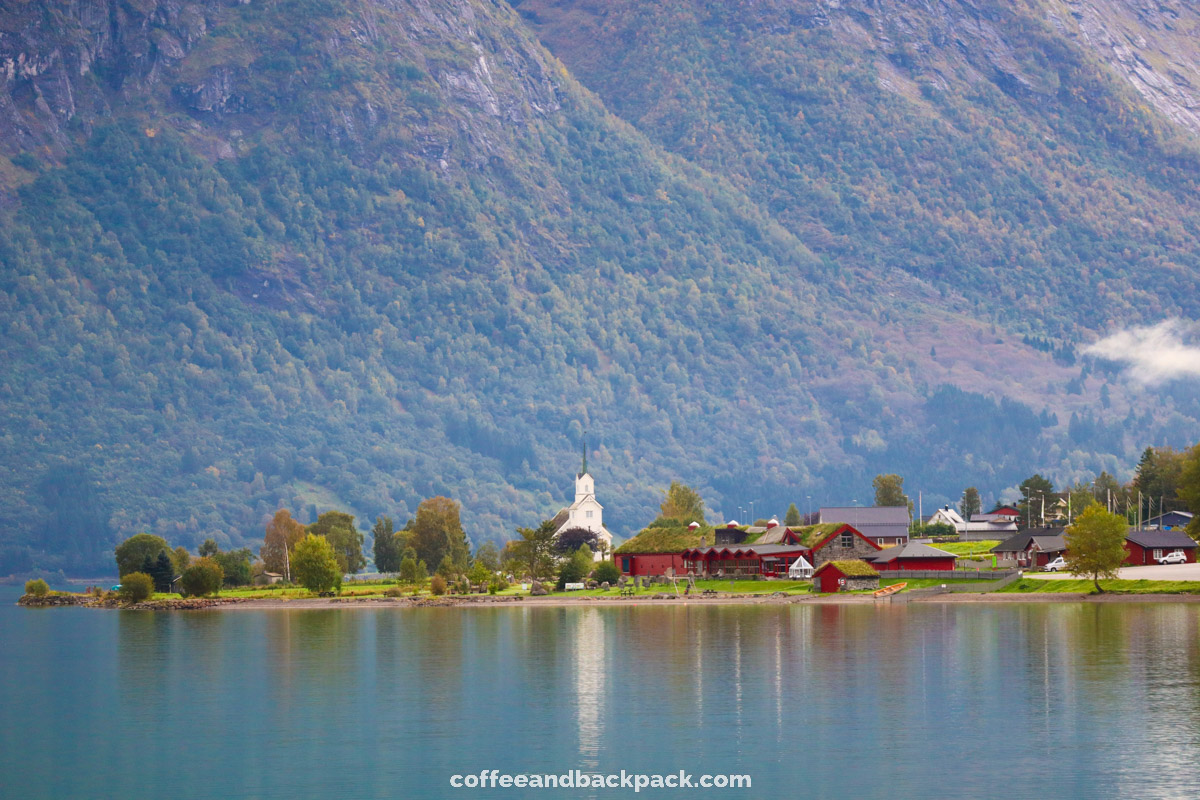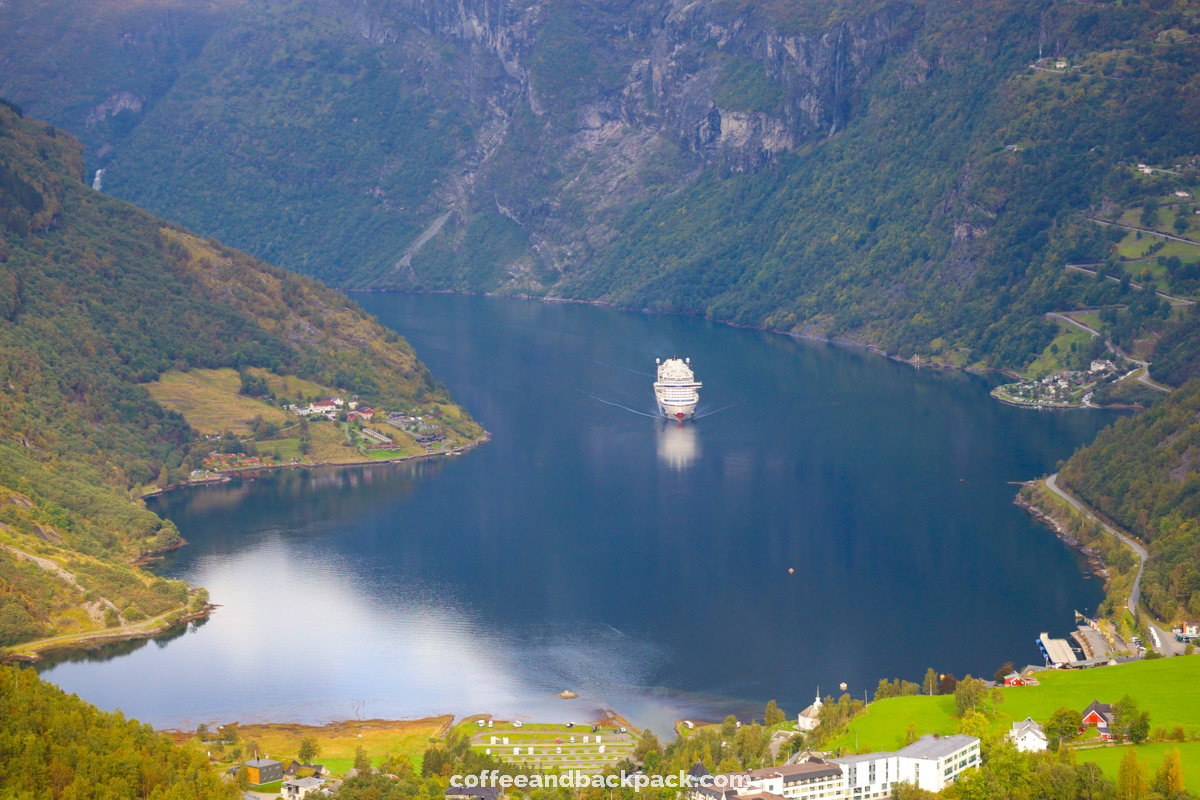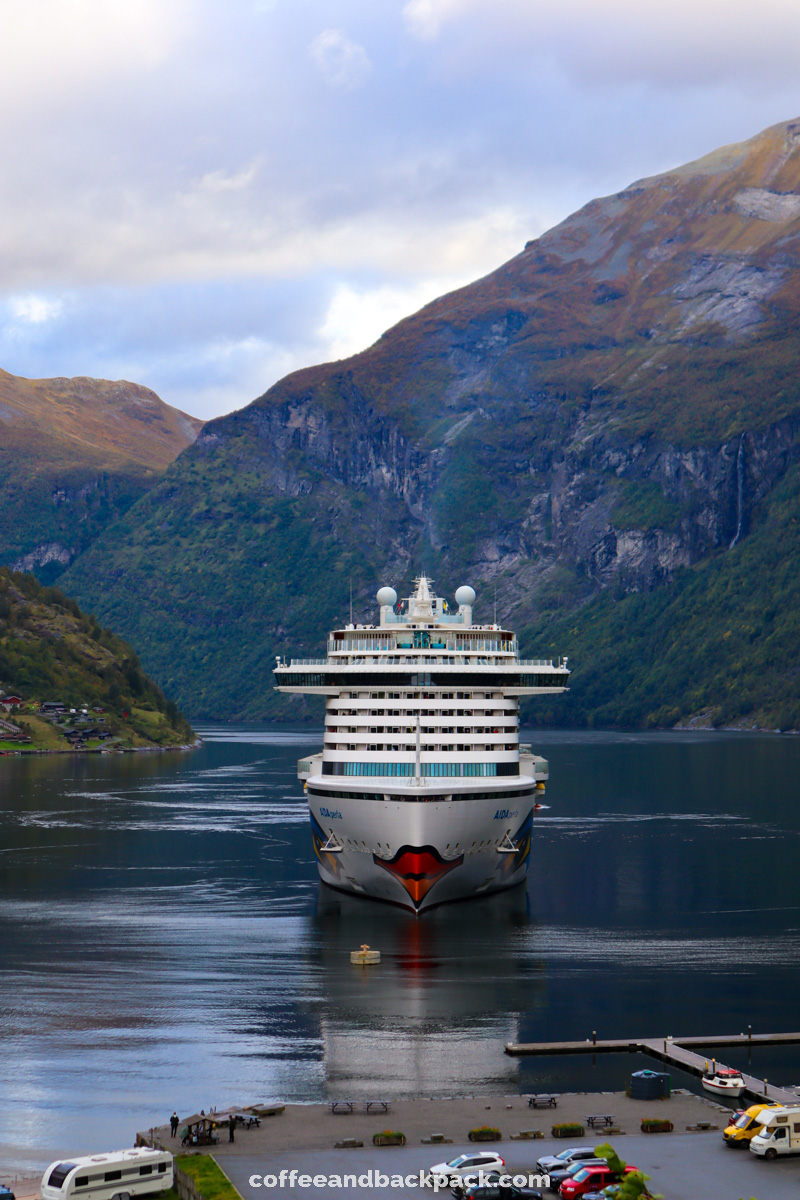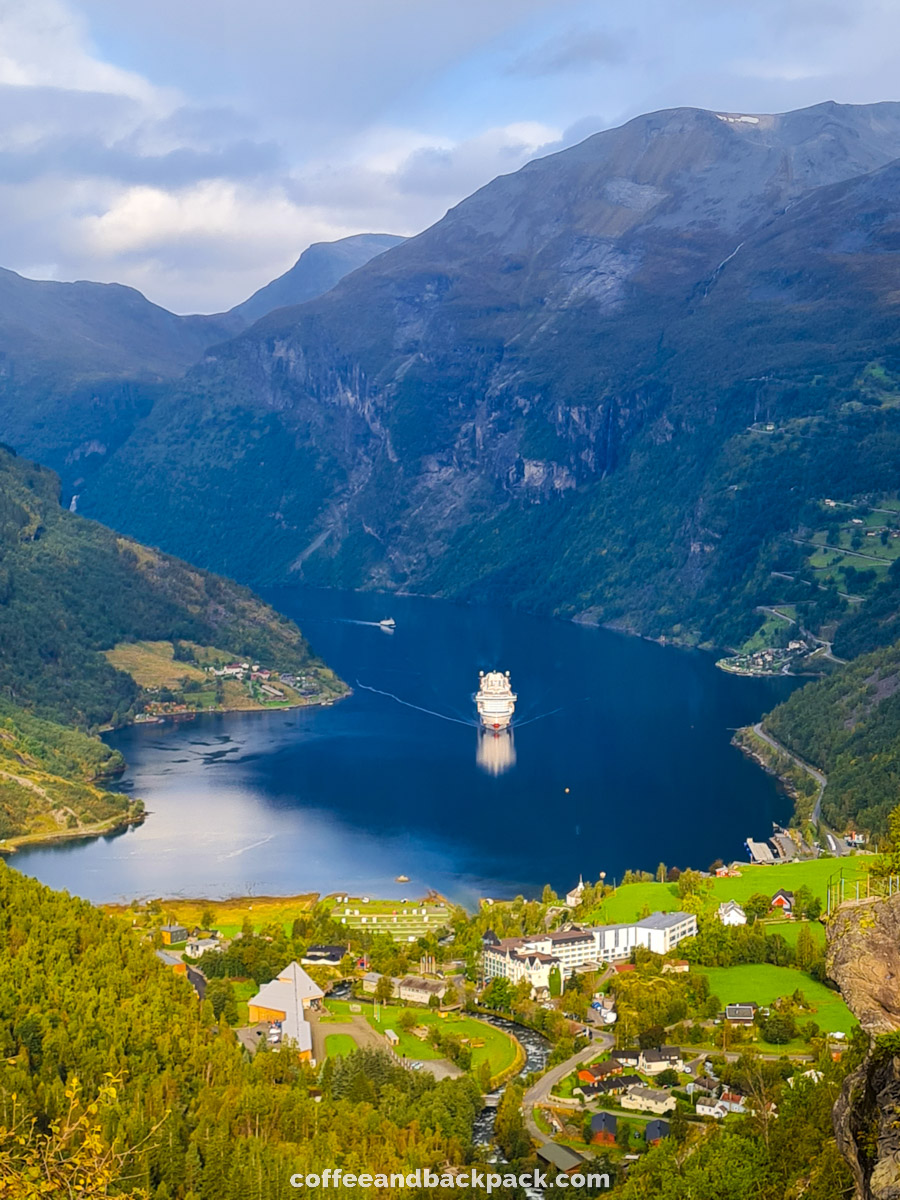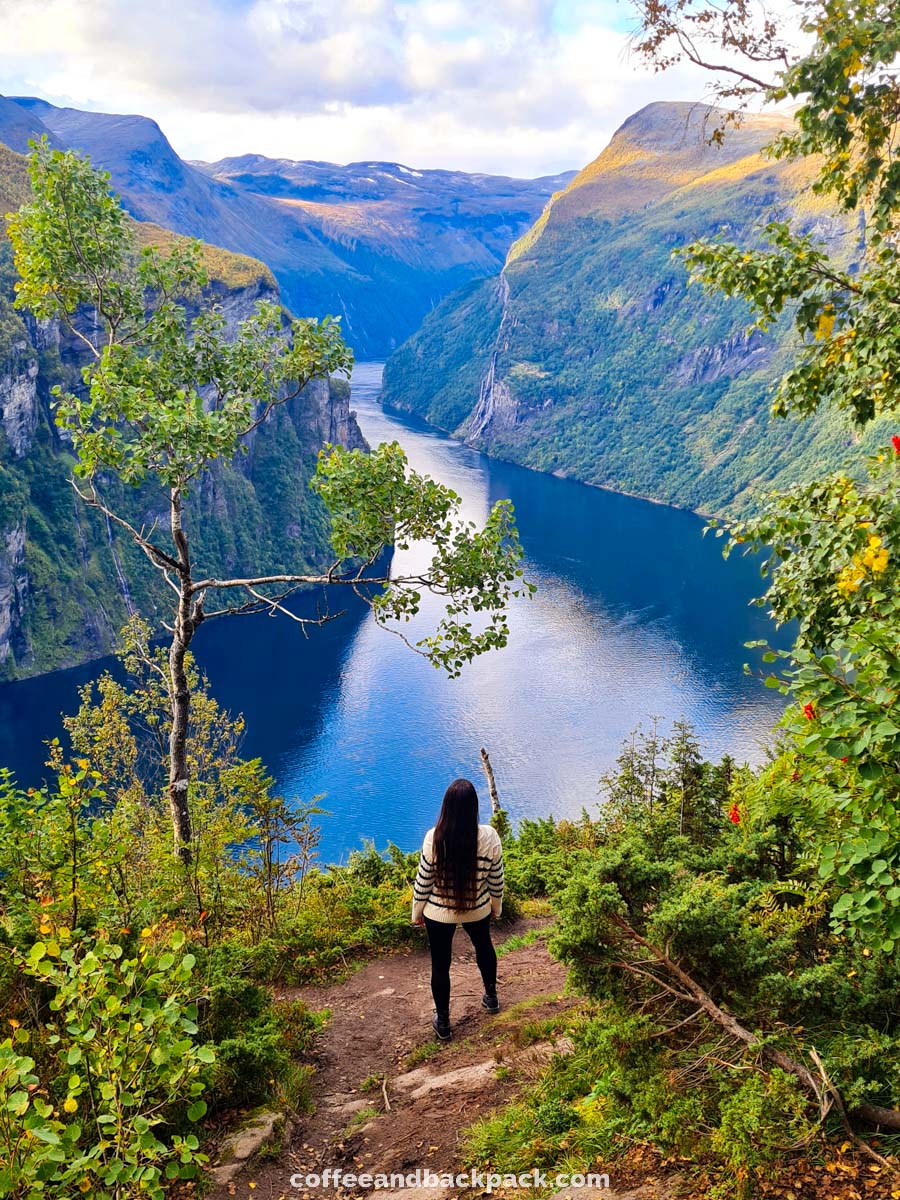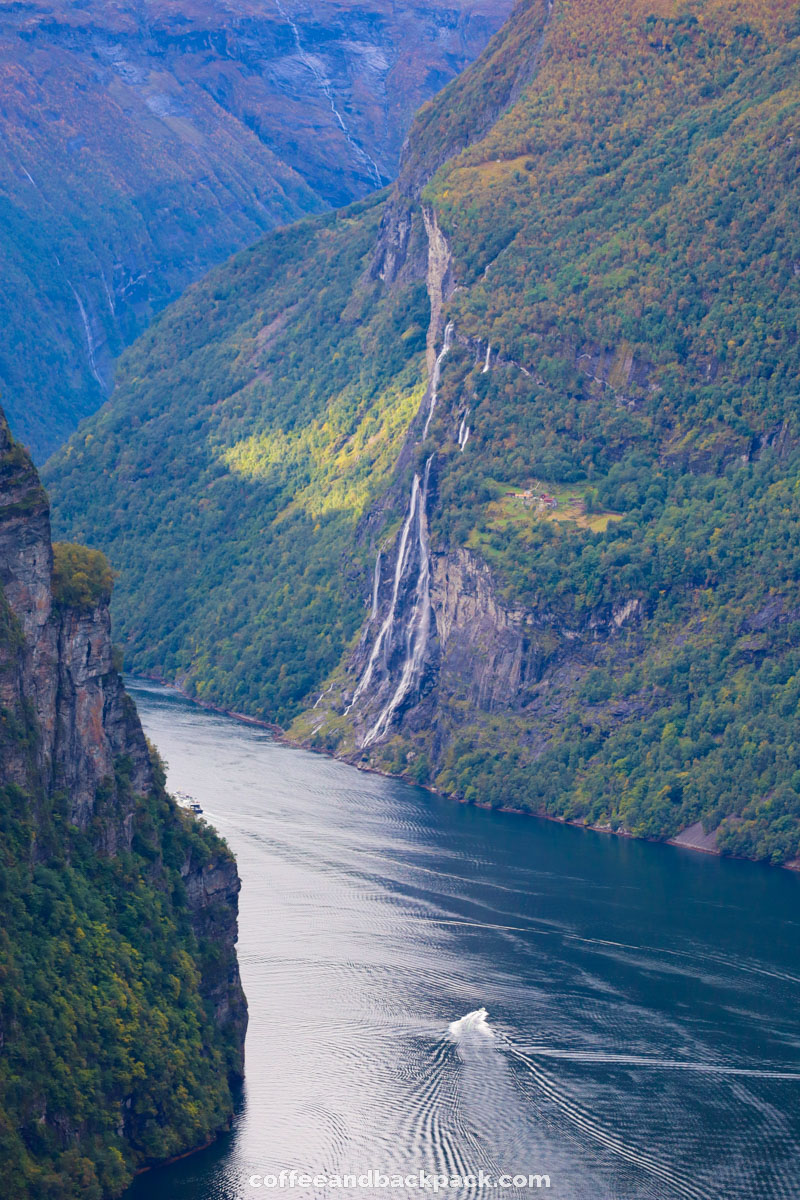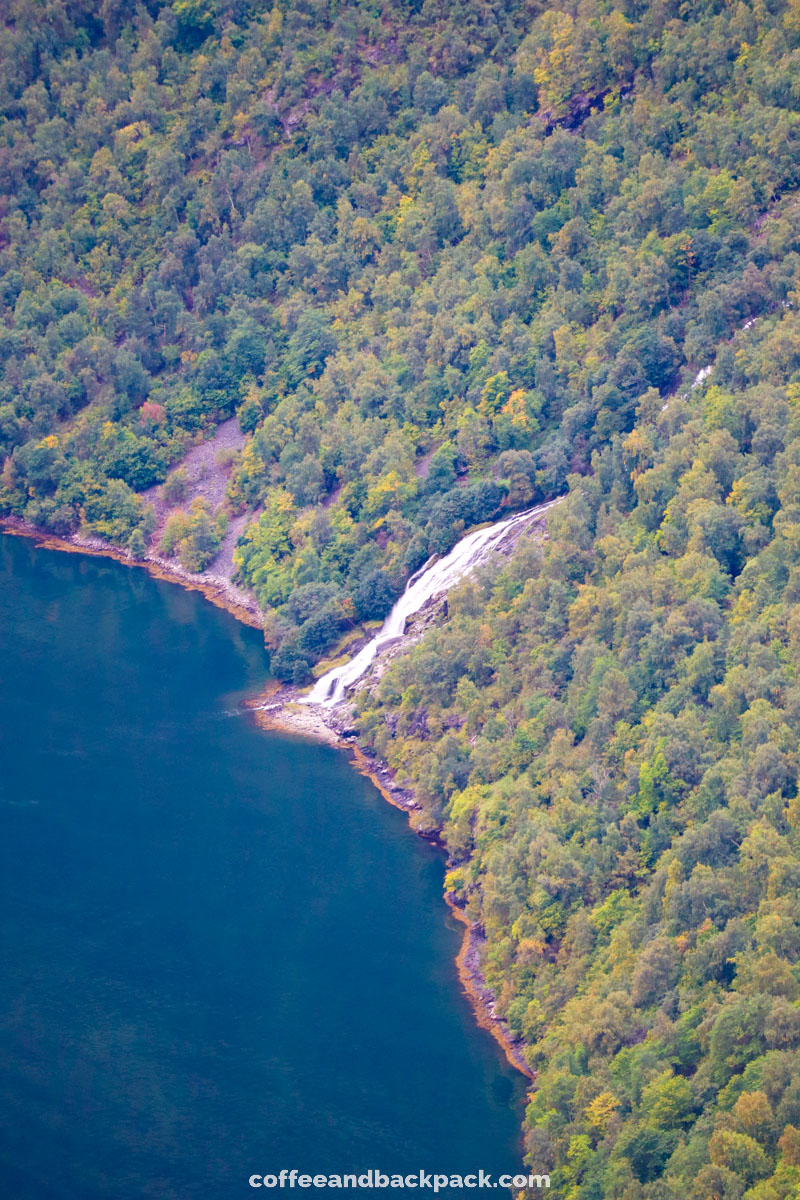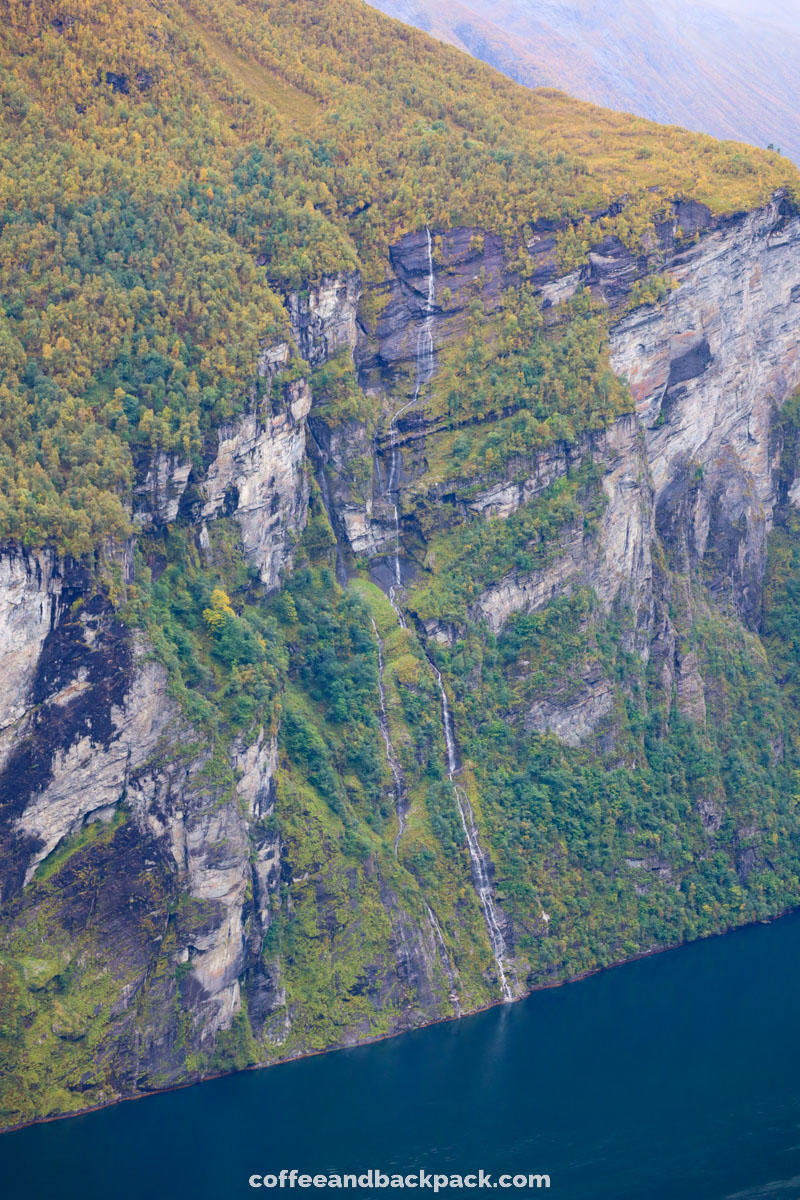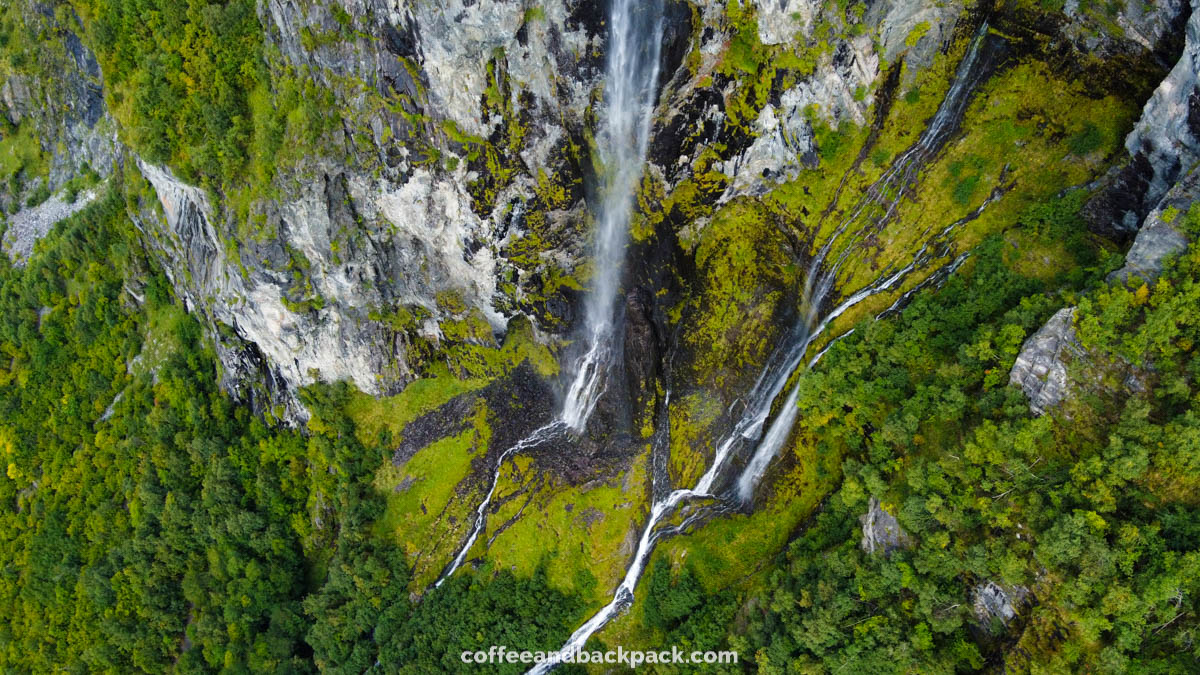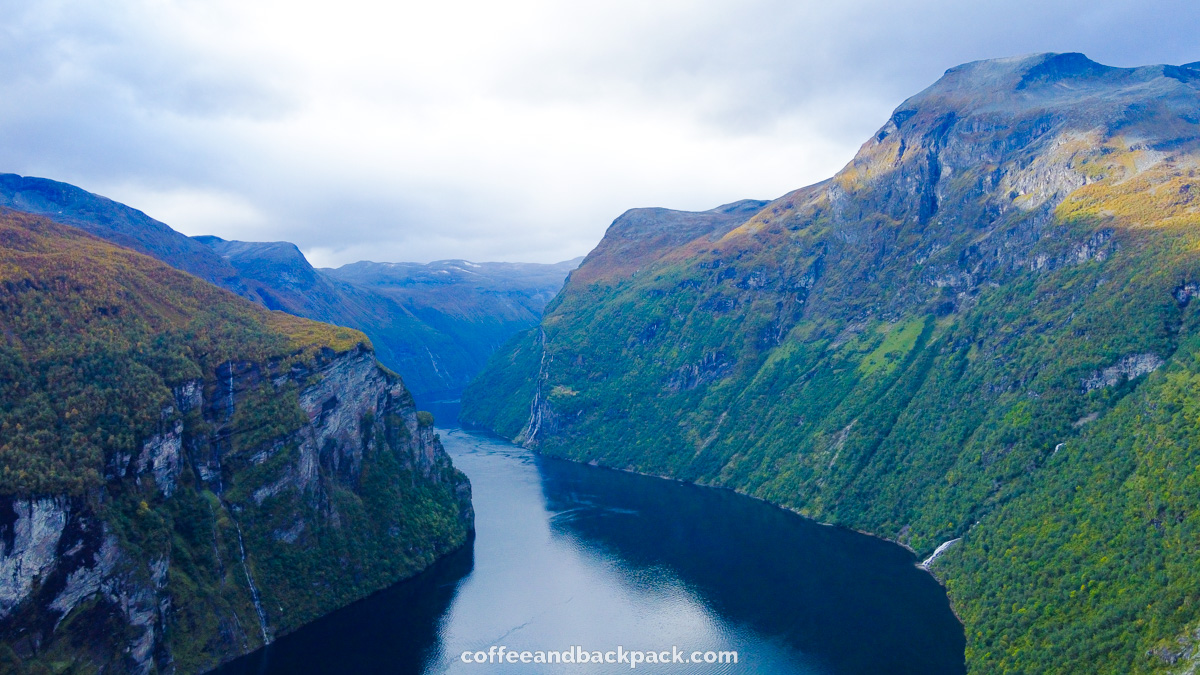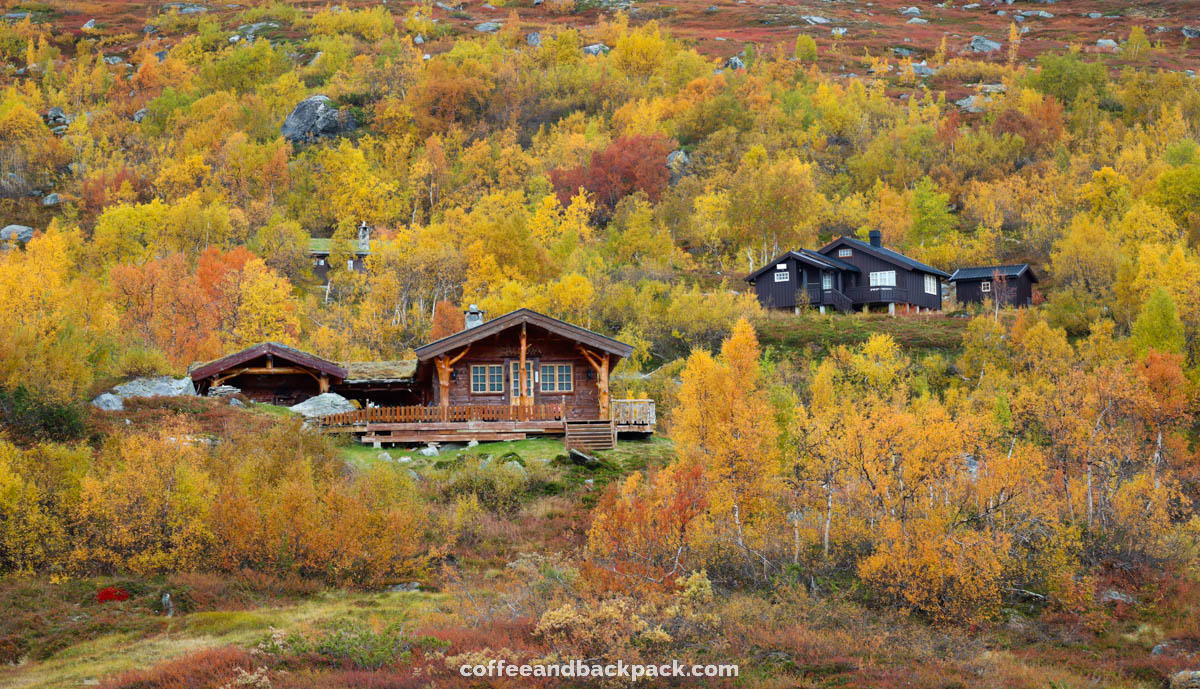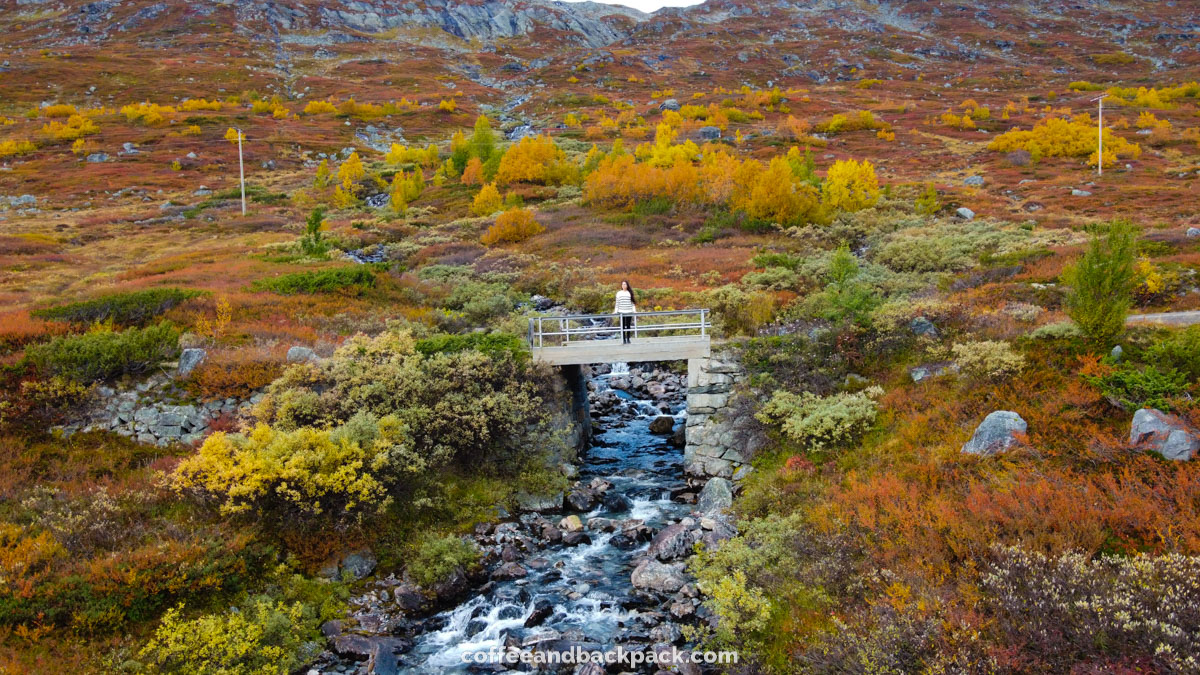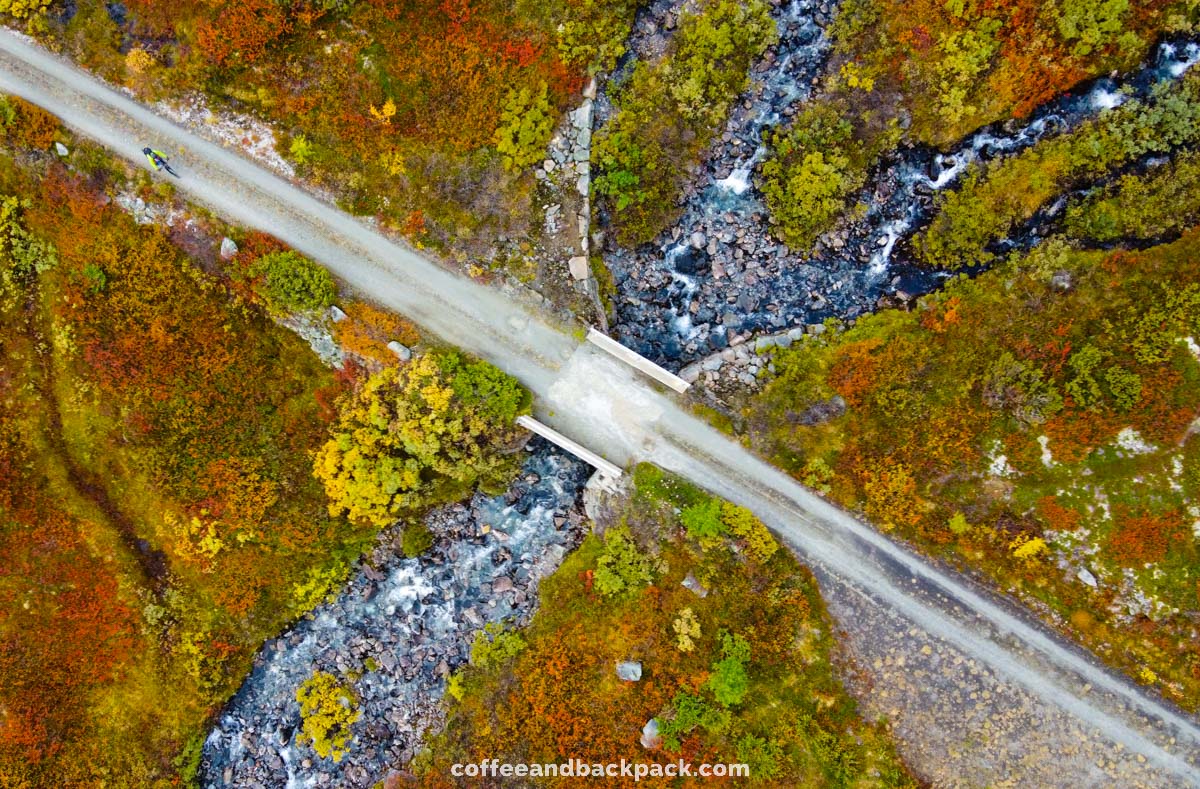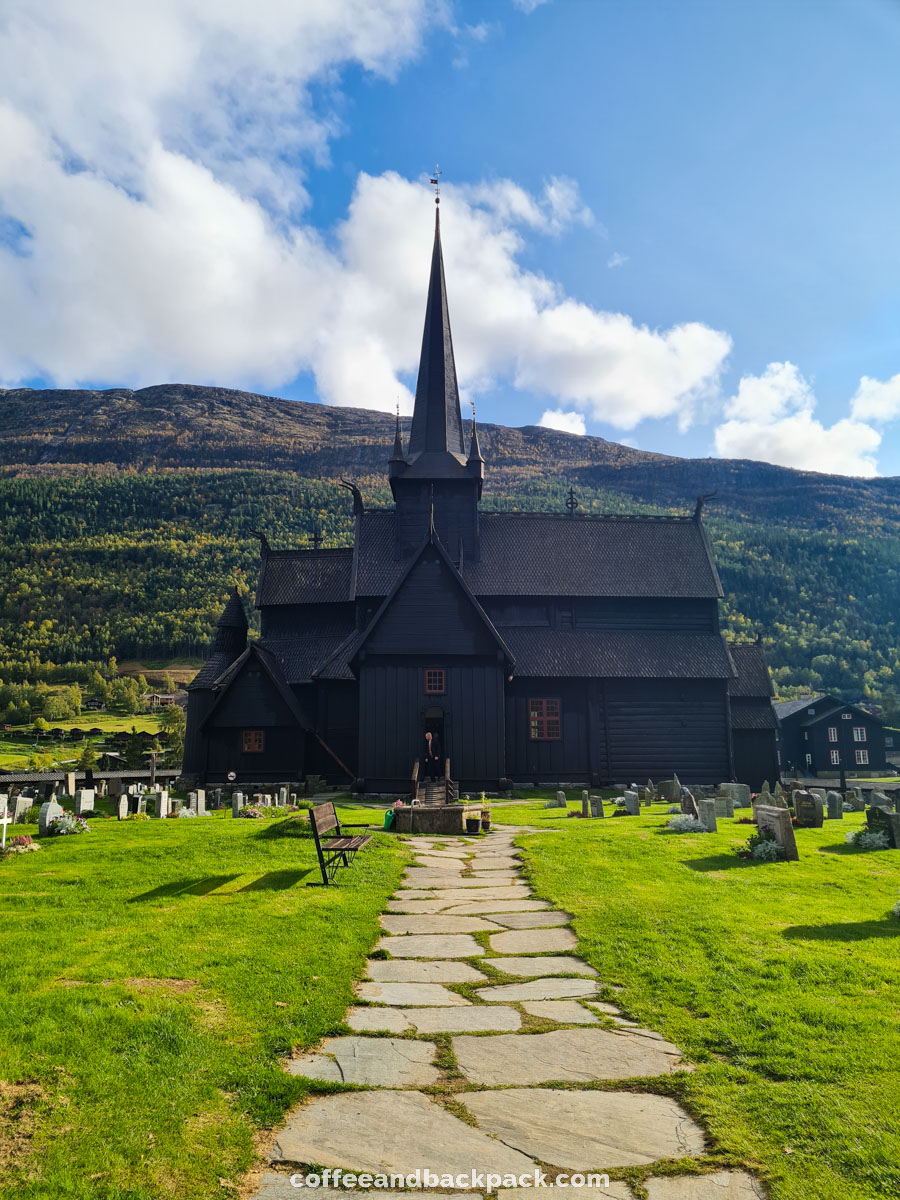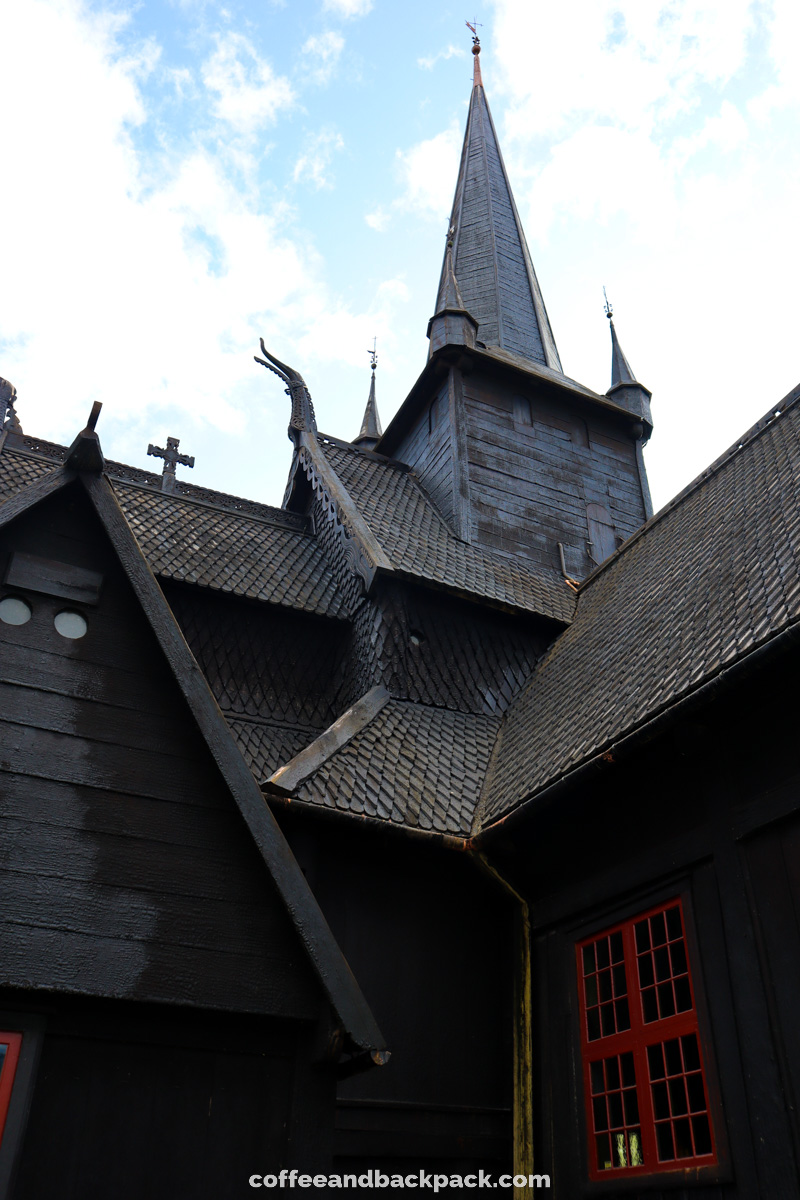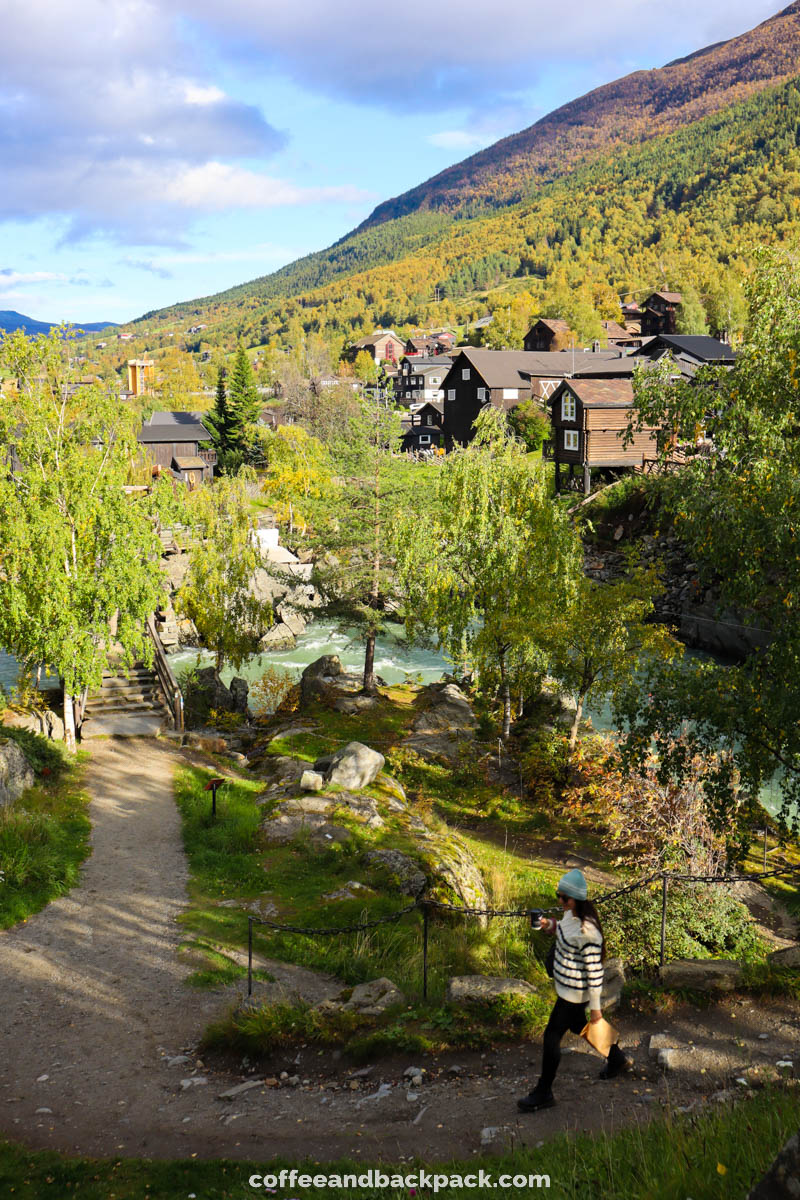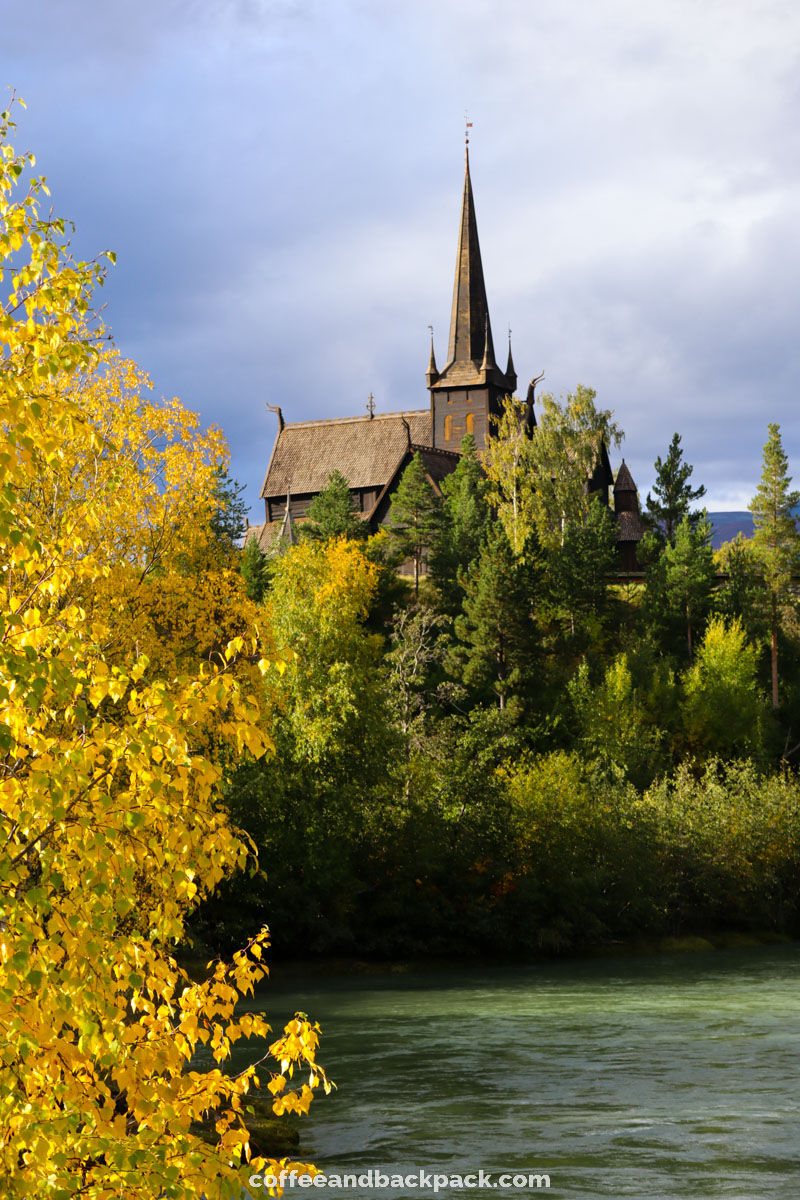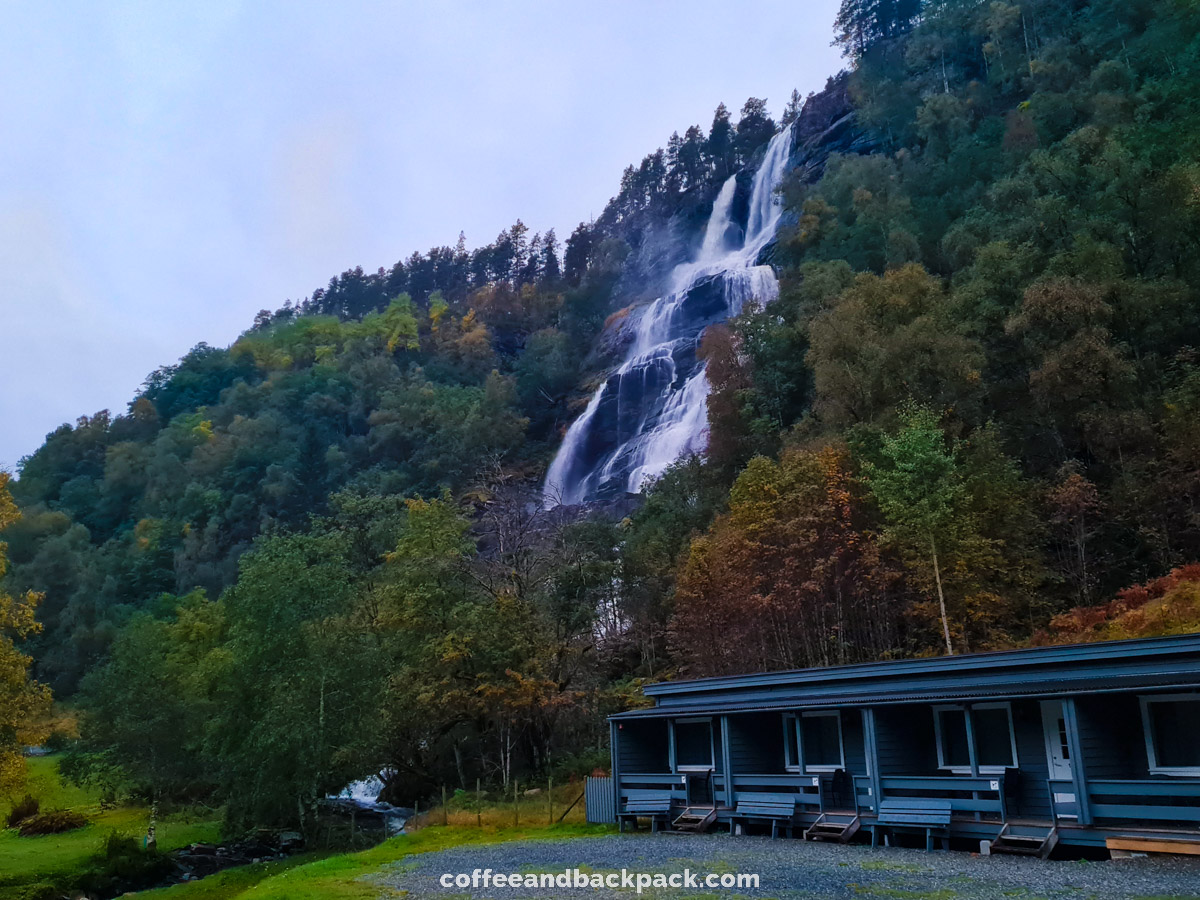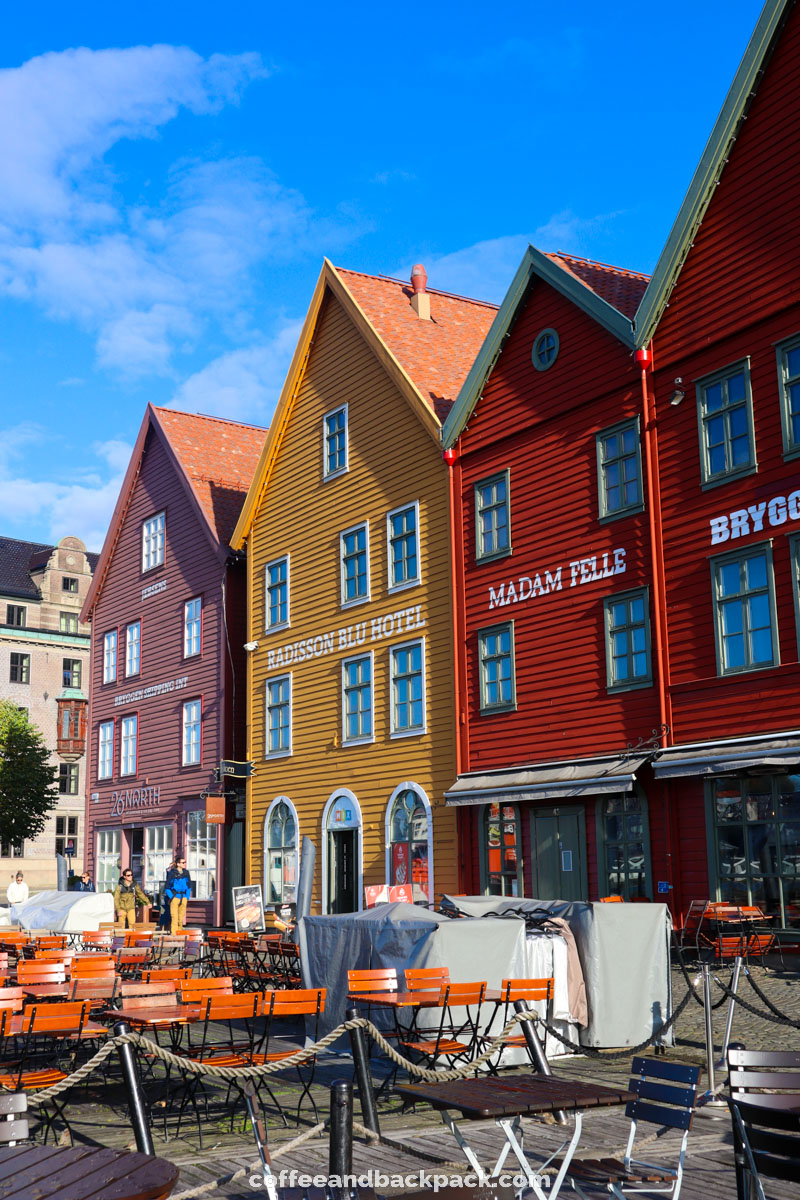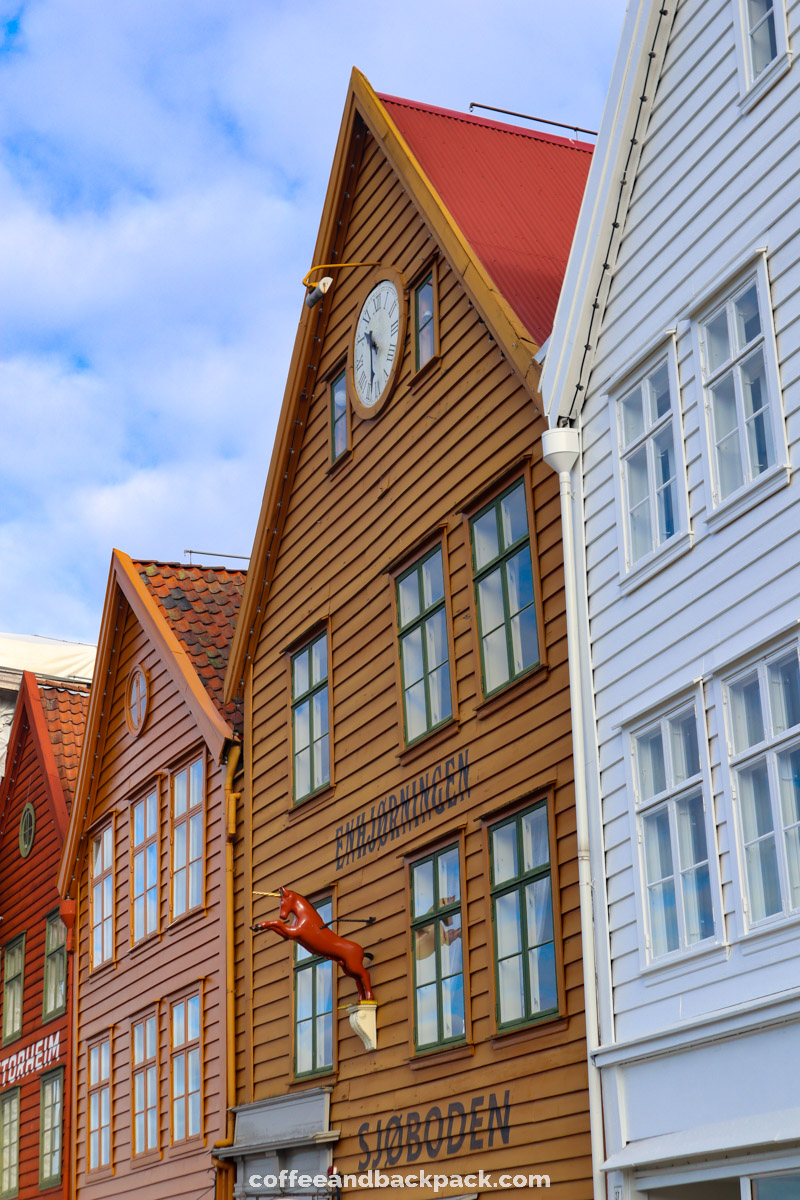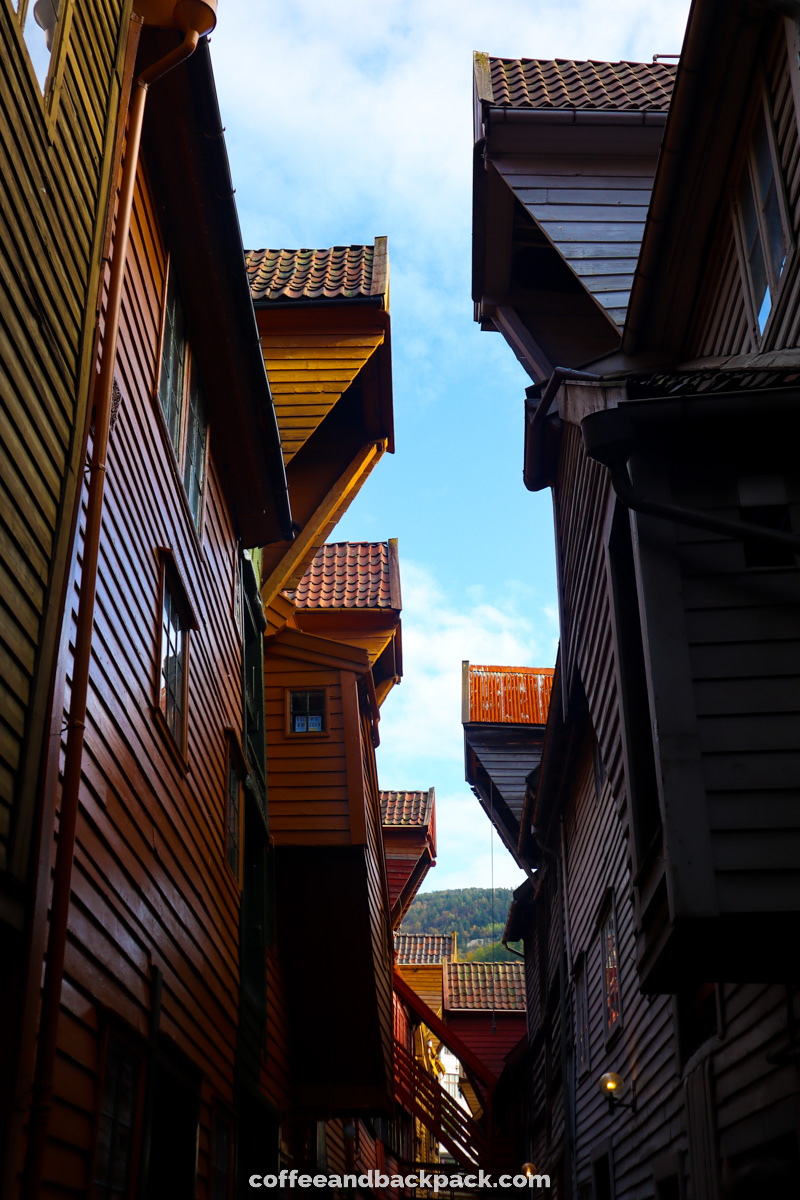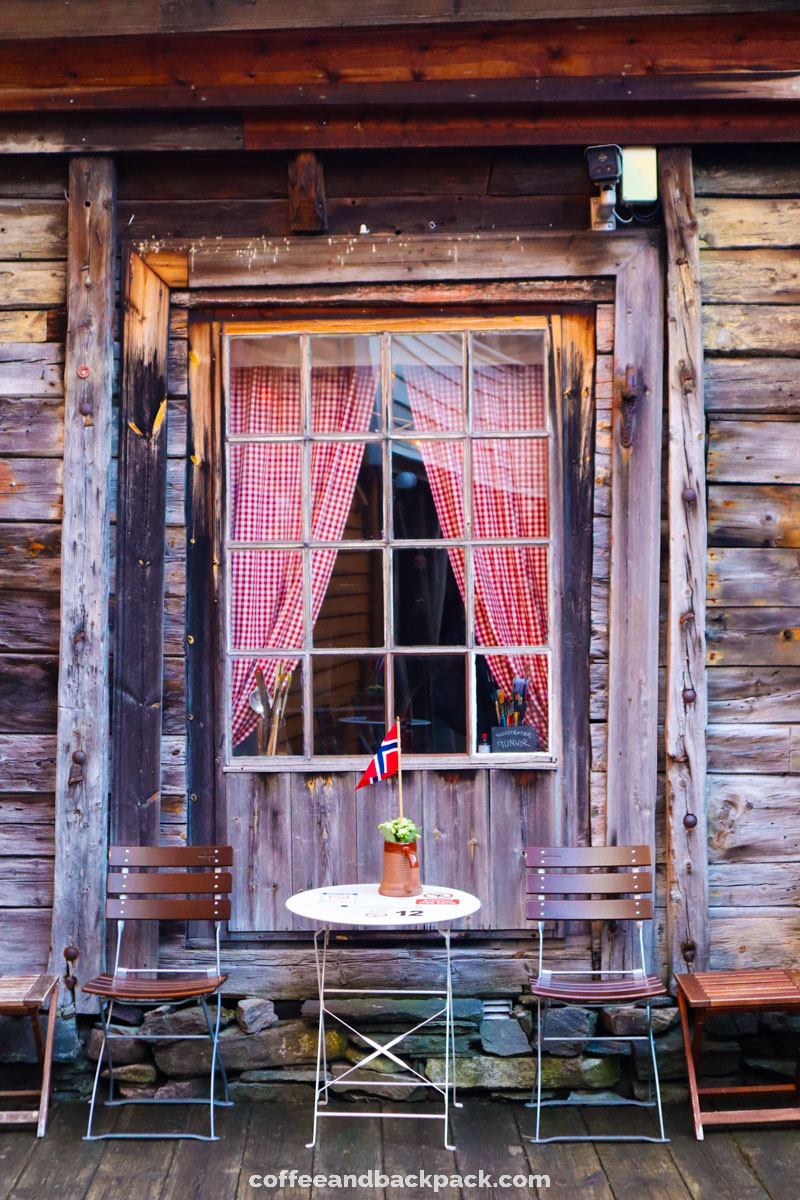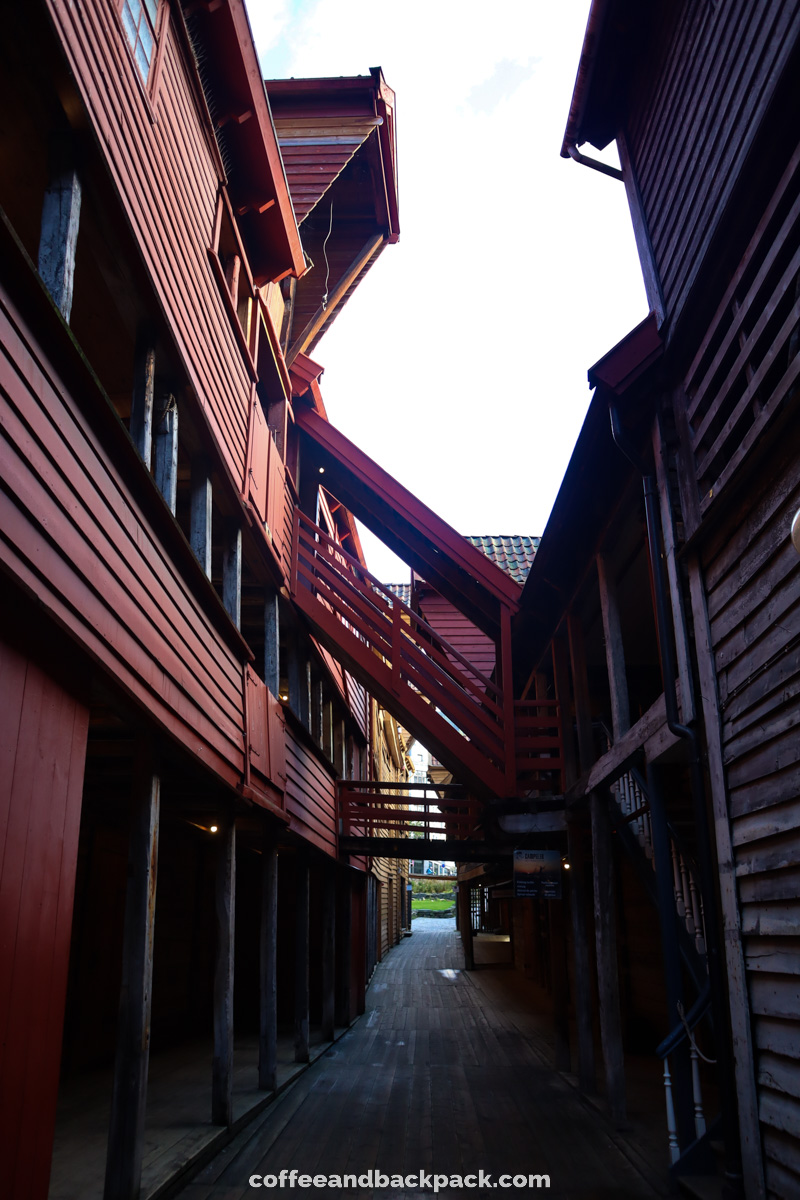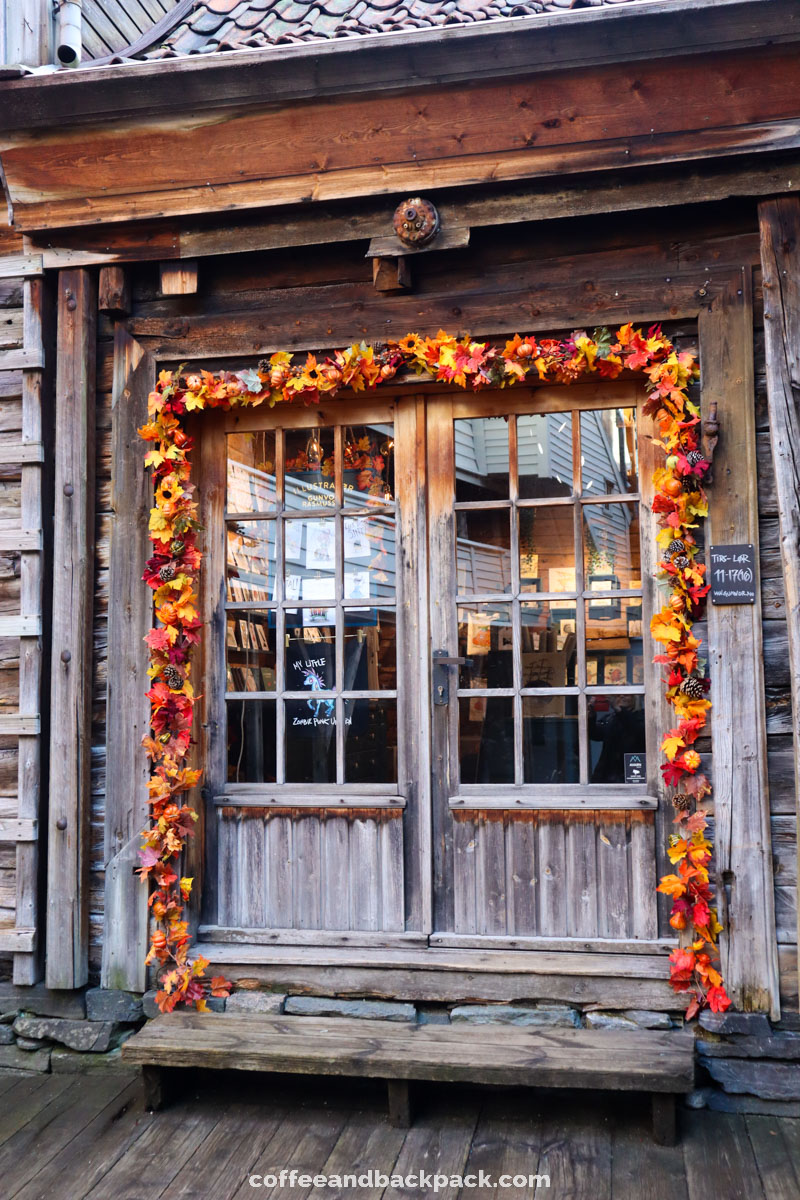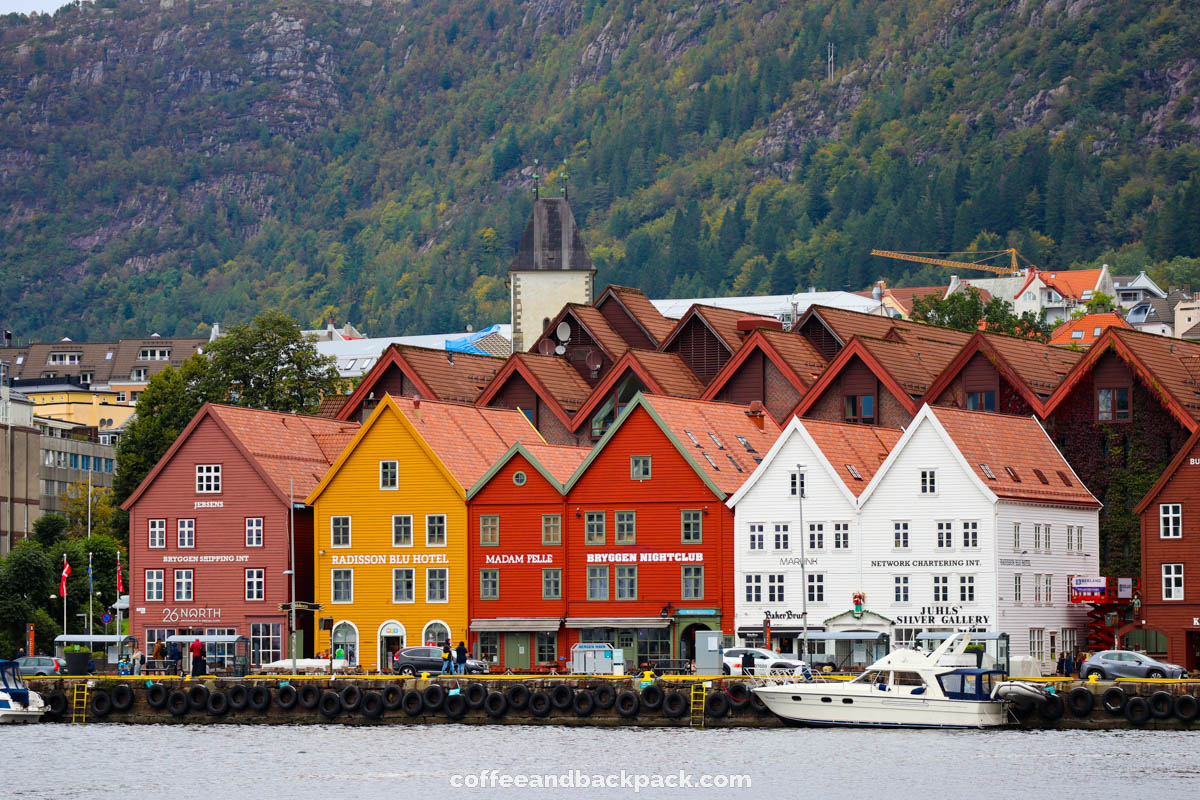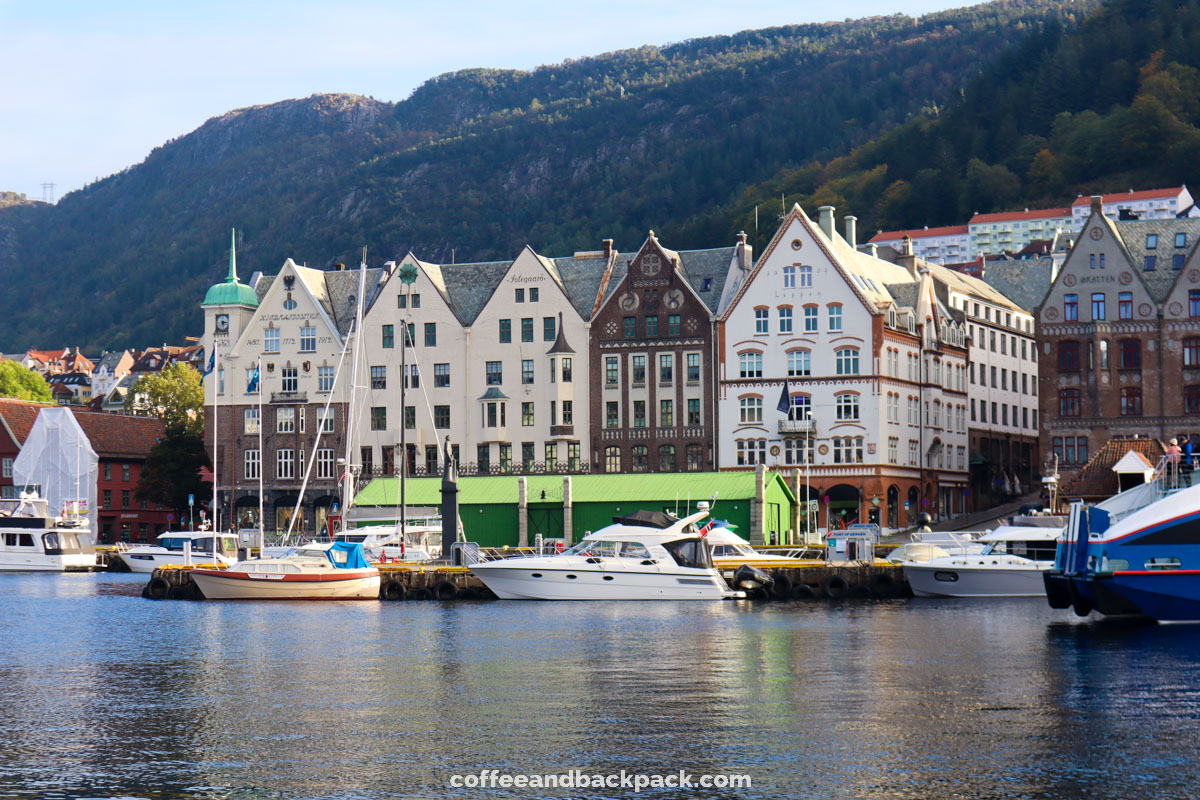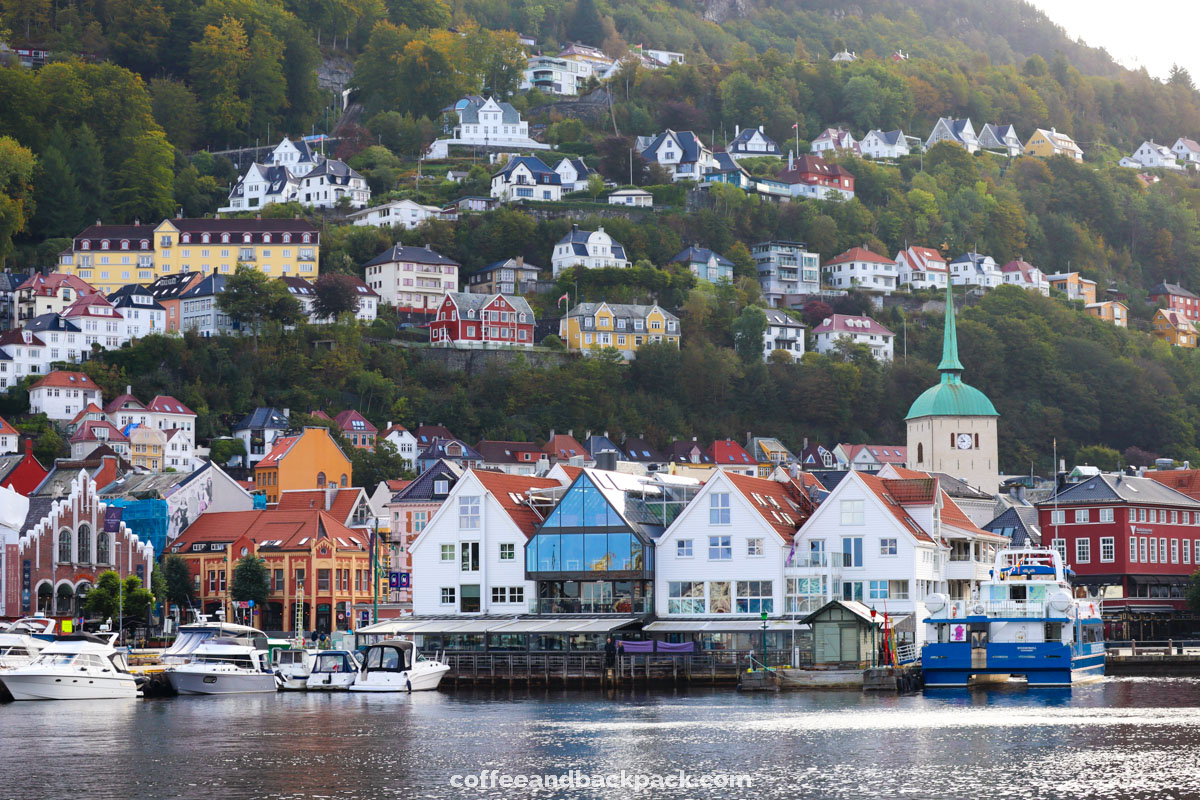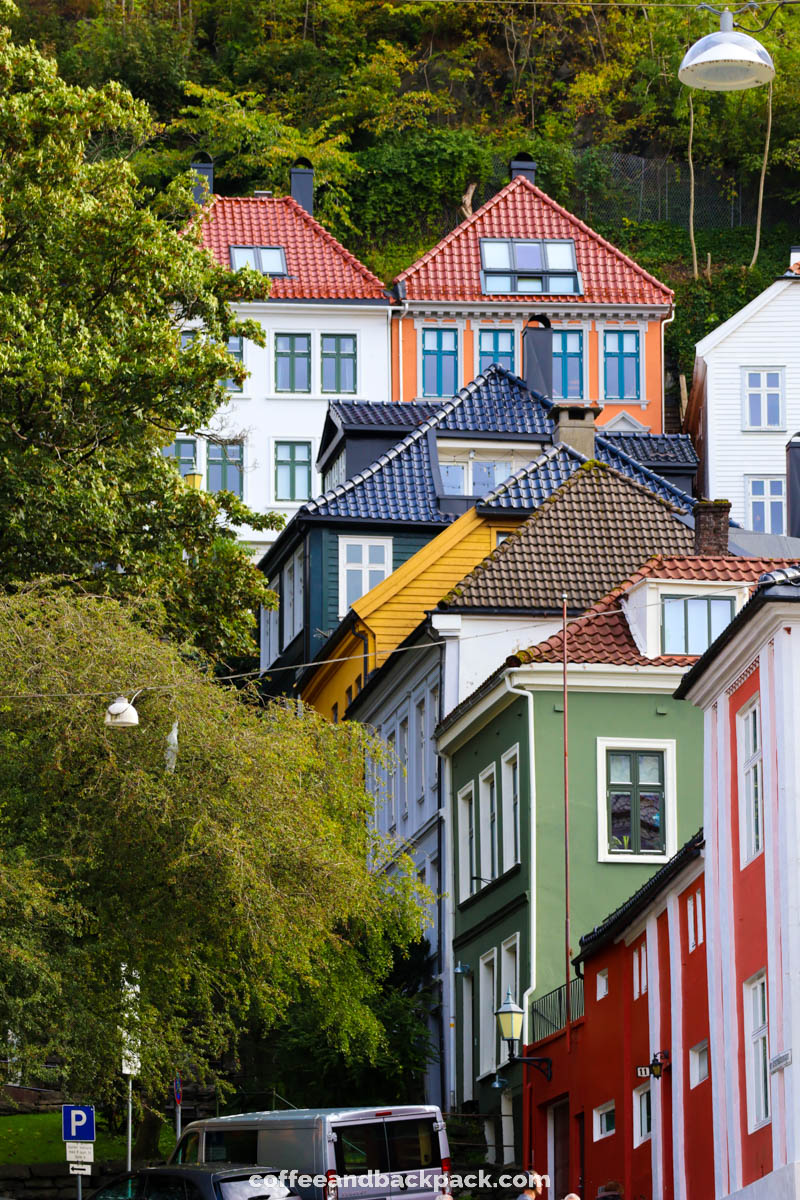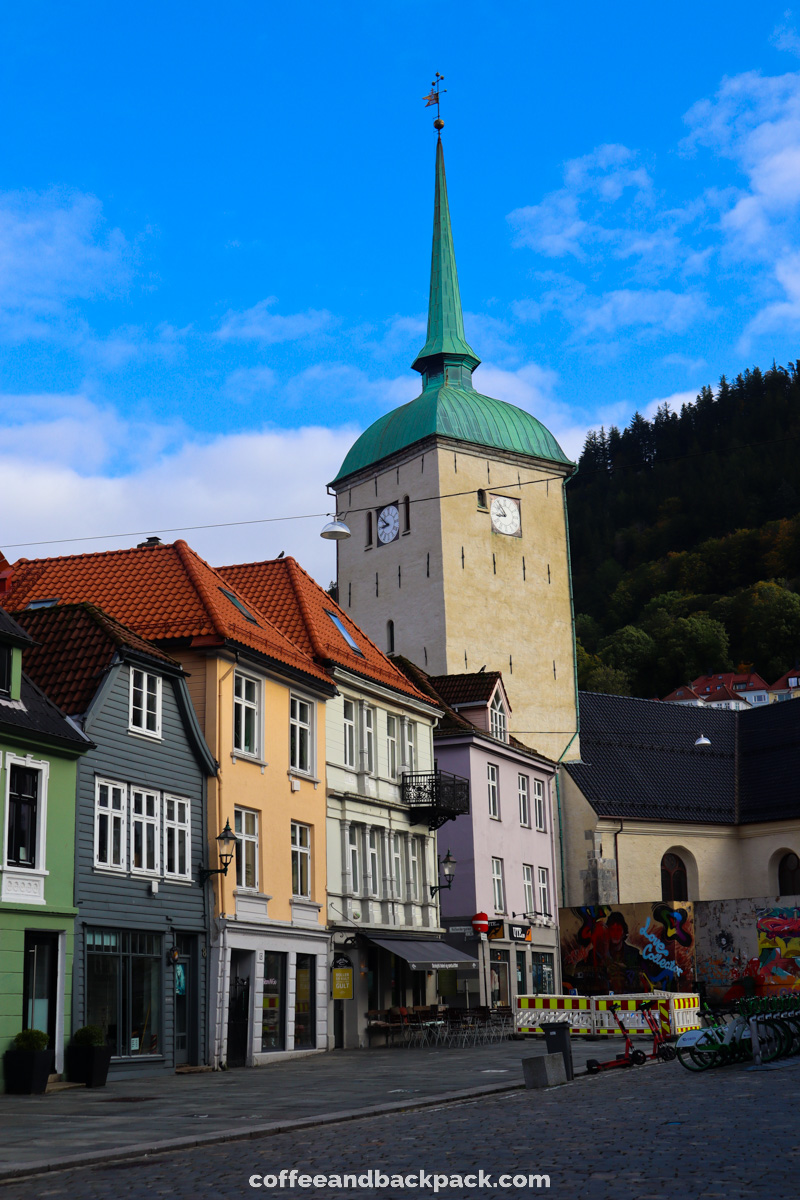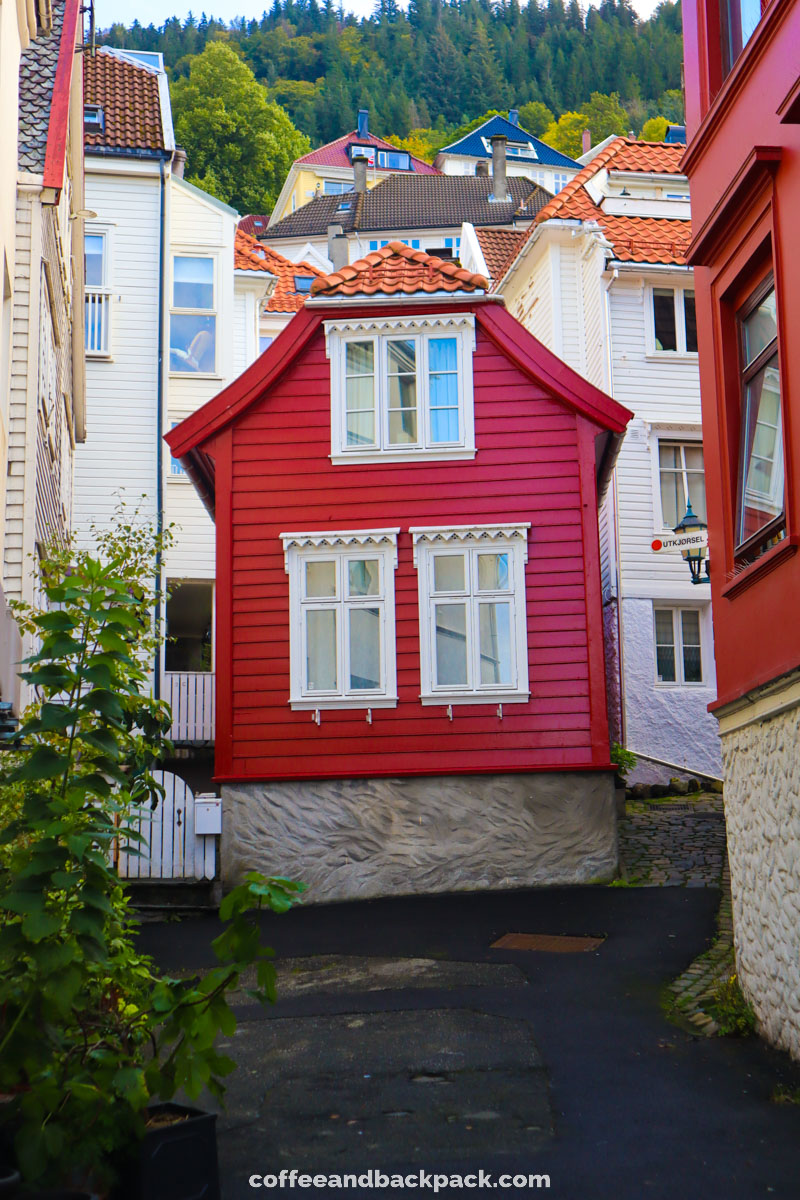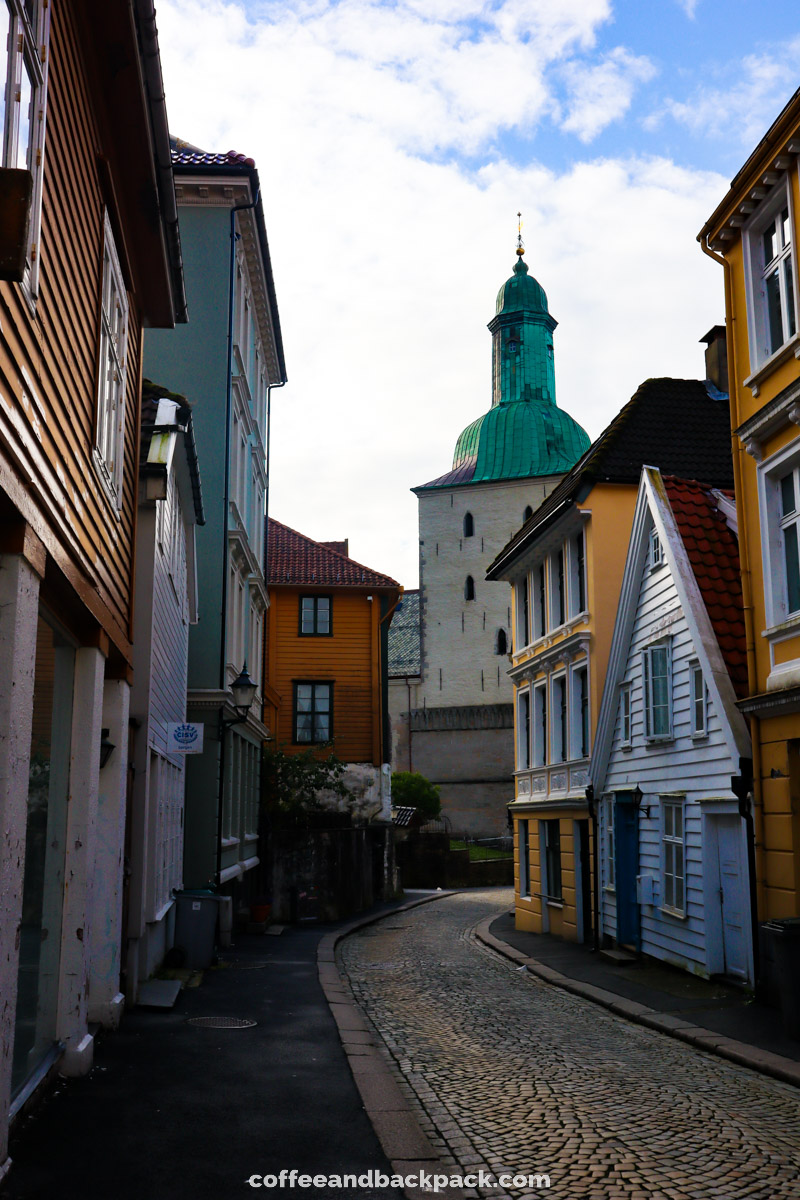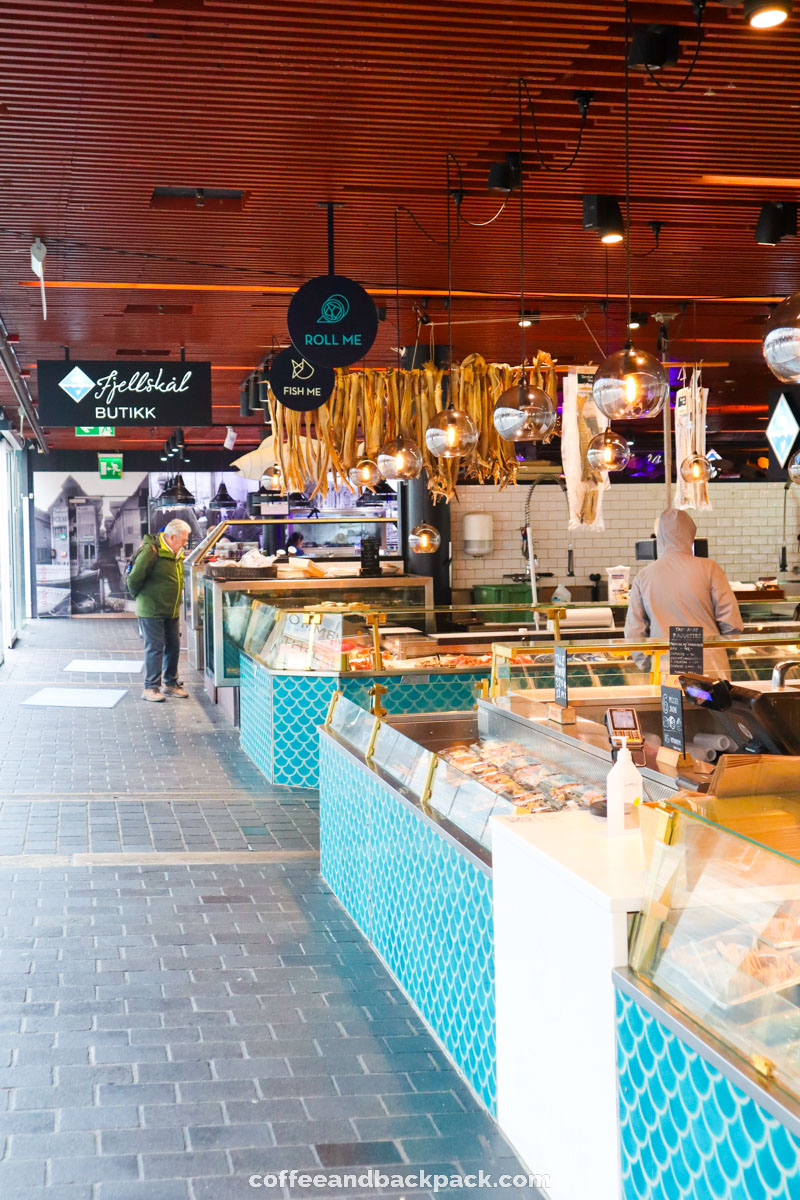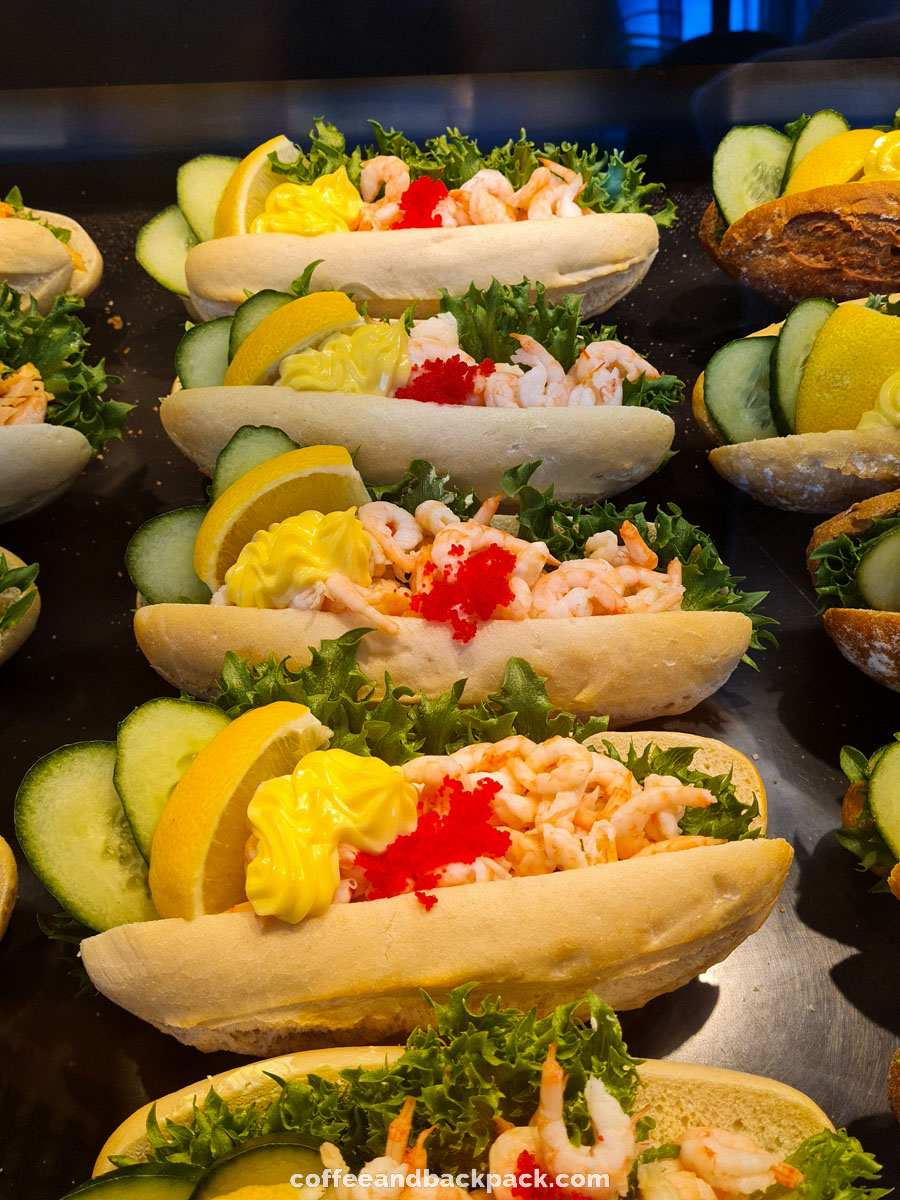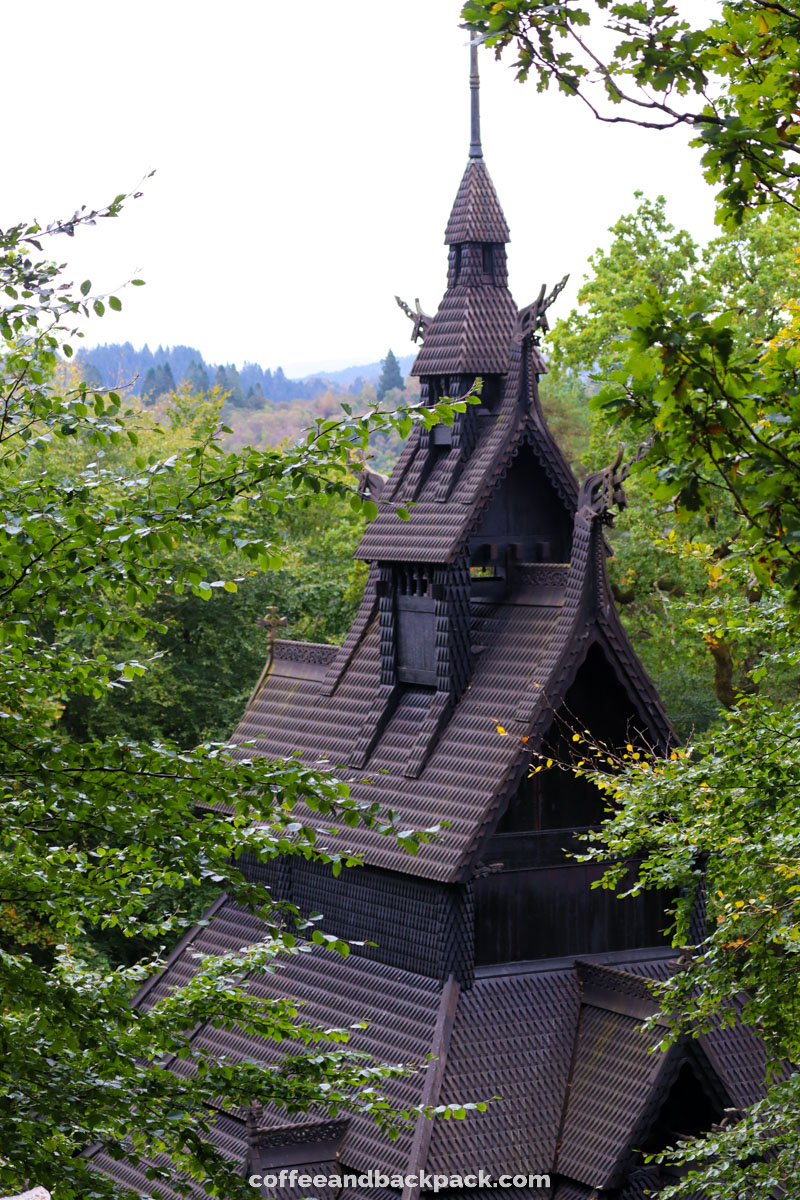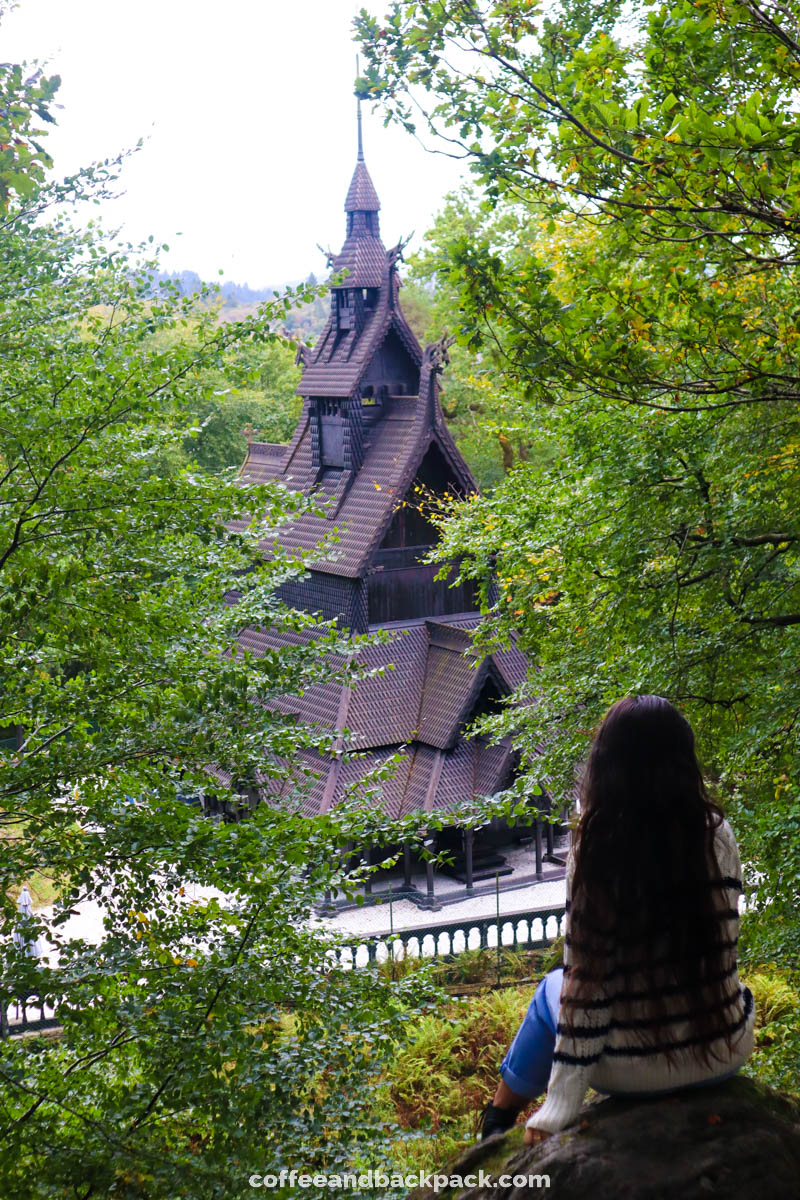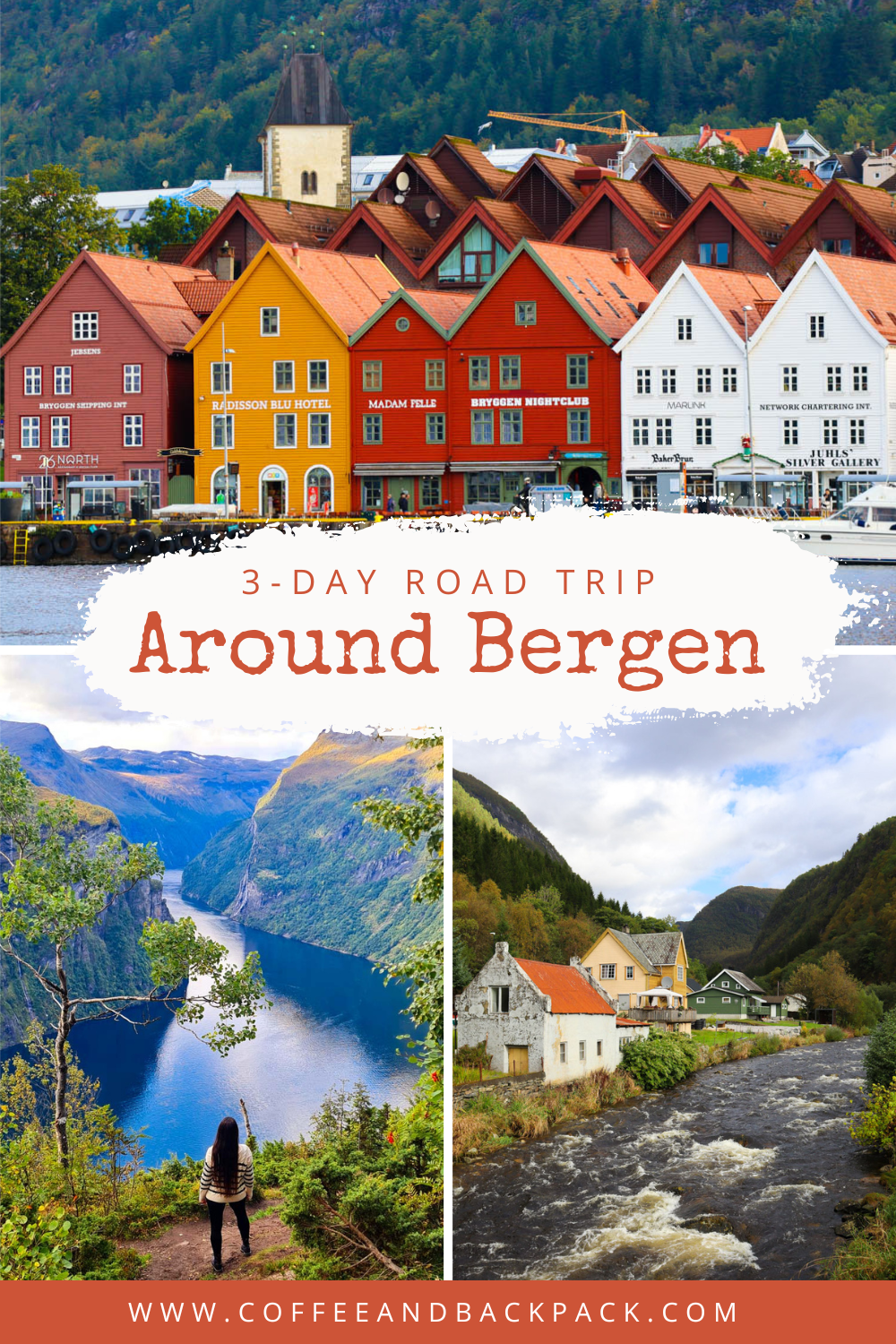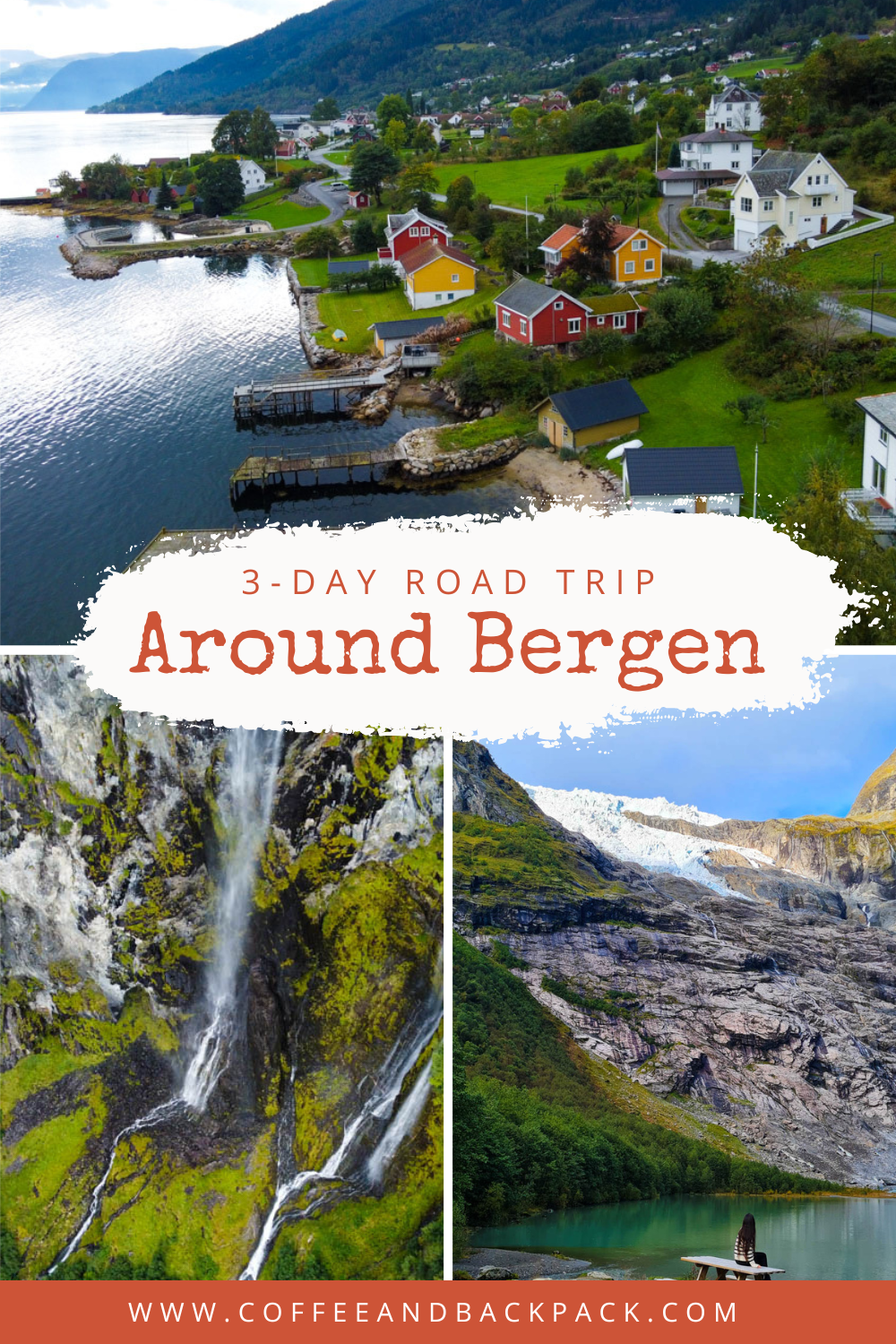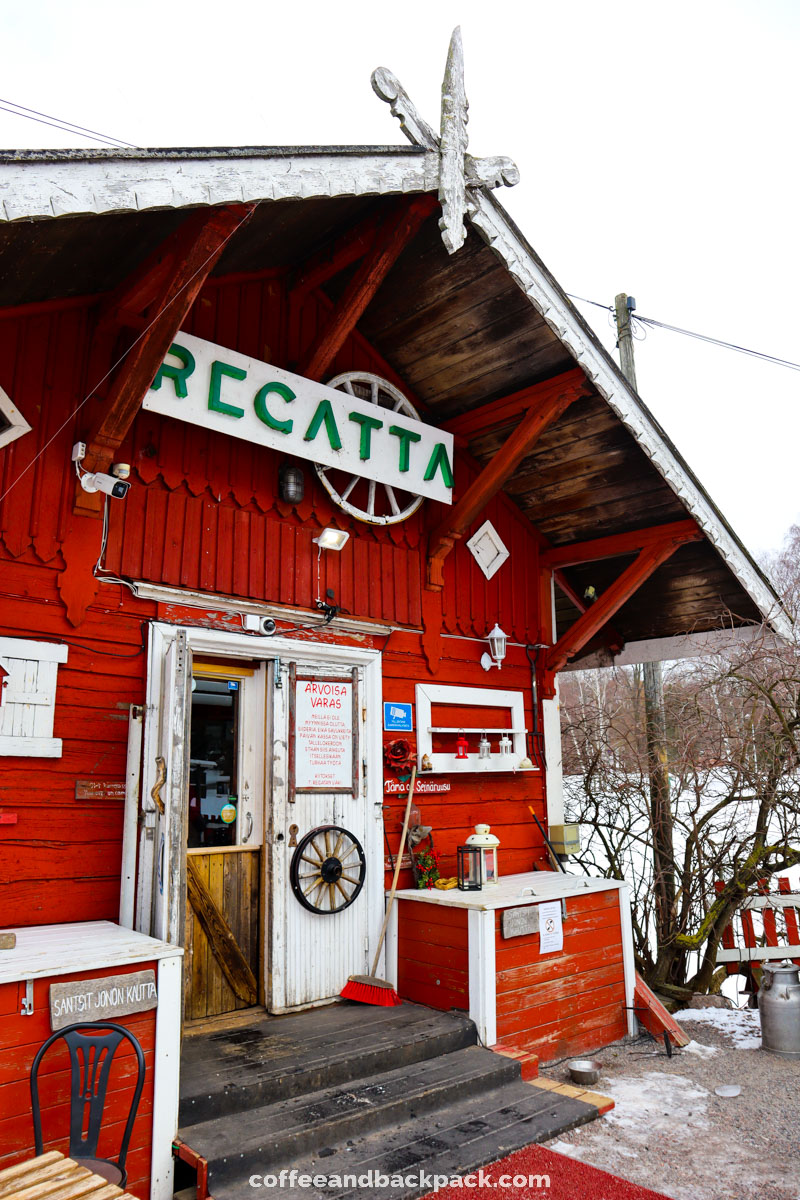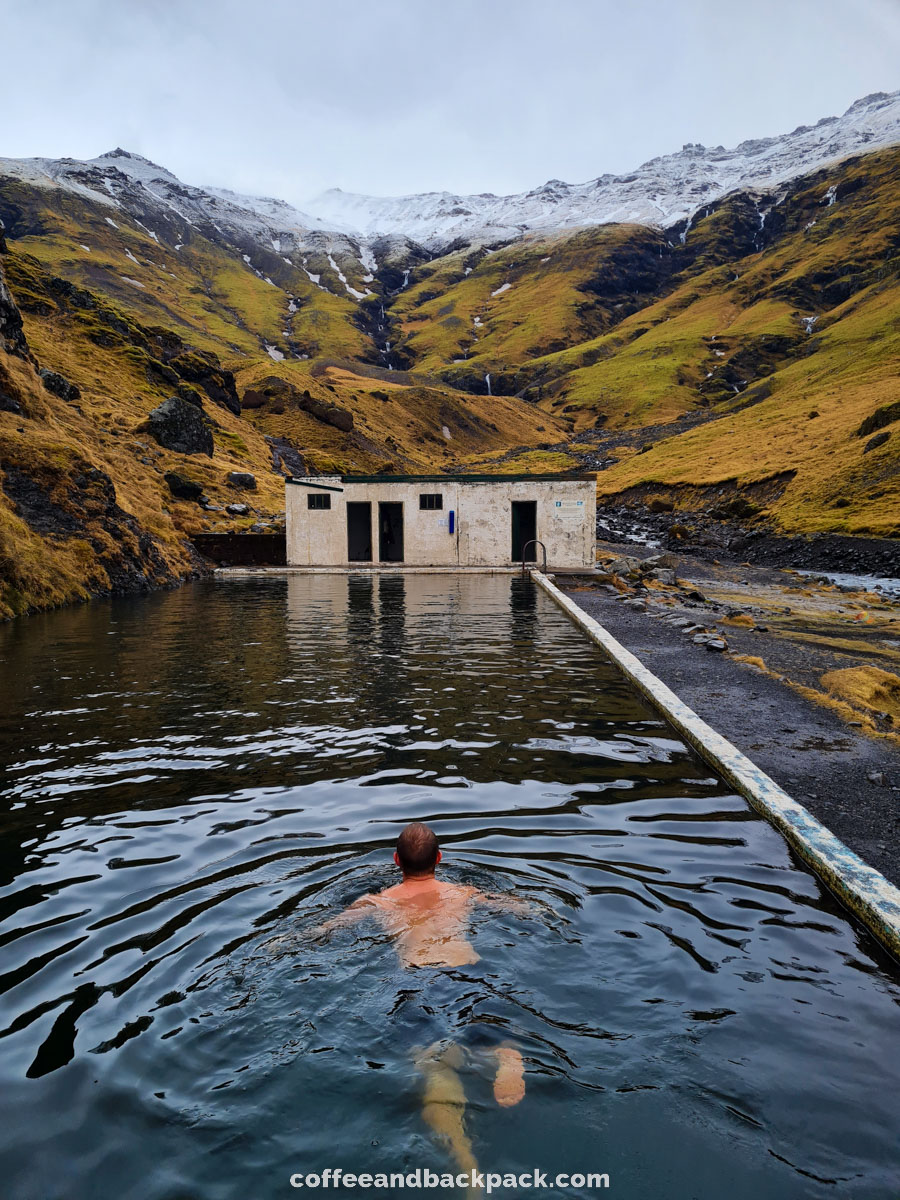A road trip in Norway promises a series of breathtaking landscapes that will leave you in awe. Fjords, waterfalls, glaciers, pine forests, and turquoise-blue lakes create an unspoiled, protected natural panorama waiting to be explored by bike, on foot, or by car.
Our journey begins in Bergen, Norway's second-largest city, and traces a loop from north to south, encompassing the mesmerizing Geiranger Fjord, renowned as one of Norway's most breathtaking fjords. The route is perfectly crafted for a 3-day road trip suitable for couples, families, or friends.
Please be aware that this itinerary is tailored for a road trip involving several hours of driving each day. It is therefore advisable to have at least two drivers available to navigate this route.
Good to know before traveling to Norway
Currency
The local currency is the Norwegian krone. It is possible to travel in Norway without owning a single Norwegian krone, as payment by card is accepted everywhere.
Good to know
Norway, with its population of just 5.4 million inhabitants, sprawls across almost 400,000 square kilometers. The two major cities, Oslo and Bergen, stand out amidst a landscape that imparts a sense of vast emptiness, predominantly claimed by nature.
In Norway, you'll encounter a scarcity of restaurants and cafes outside major cities. Some establishments even shutter their doors beyond the summer period, which spans from May to August. Dining out isn't a prevalent practice among Norwegians, who seemingly prefer the comfort of their homes. Thus, relying on restaurants for lunch and dinner may not be the most practical choice. If embarking on a road trip in Norway, it's advisable to stock up on supplies from local supermarkets like Joker, Rema 1000, or Bunnpris. Additionally, be aware that in towns, it's common for shops and cafes to close as early as 5pm, or even 3pm, even on weekends.
We found the Norwegians very friendly and open to discussion. English is very well spoken, even by the elderly.
Budget
The Scandinavian countries have a reputation for being expensive for tourists. While it's true that certain things, like alcohol and restaurant/supermarket food, can be pricey, we found car hire and accommodation to be more affordable. We paid 150 euros for a 3-day car rental, and our accommodation at campsites cost 30 euros per night per person. Many campsites offer rental rooms, often in small chalets surrounded by nature, with most able to accommodate up to 4 adults.
Driving in Norway
For us, Norway is the ideal country for a road trip. The roads are well-maintained and offer stunning scenery throughout the journey. It's important to note that the speed limit is often capped at 80km/h, and there are numerous speed cameras on the roads leading to major cities. Additionally, a road trip in Norway wouldn't be complete without a ferry crossing!
Taking a ferry with your vehicle is a straightforward process. Head to the boarding gate, park on the ferry (someone may guide you, but not always), and if the ferry is there and boarding is open, you can proceed. Ferry crossings are reliable, and being punctual is crucial, as ferries operate on a strict schedule. We observed a ferry departing with just 5 cars on board, emphasizing that crossings are guaranteed.
The ferry crossing typically costs between €7 and €10, and it's important to note that no payment is required on board. If you've rented a car, the payment for a crossing is usually managed through an electronic toll box and coordinated with your car rental company.
Day 1 - The lovely town of Balestrand with its wooden church & the Bøyabreen glacier
This itinerary starts in Bergen, where we arrived the evening before. After picking up our rental car at the airport (we used the Sixt agency), we spent the night at the
Bergen Camping Park, which is approximately 30 minutes from the airport. A visit to the city of Bergen is scheduled for the last day of this itinerary.
From Bergen, drive north to Oppedal, where you'll board the first ferry on this route to the town of Lavik. The crossing takes just 20 minutes, and passengers must remain in their vehicles for the duration of the journey.
From Lavik, follow the road along the Sognefjord to the town of Balestrand. Take time to wander around this peaceful little town with just 1,000 inhabitants. Be sure to visit St Olaf's church, built in 1897 in the style of Norwegian churches from the Middle Ages. St Olaf is an English church where religious services are provided by British priests. Entrance to the church is free of charge.
Continue along the fjord towards the Gaularfjellet Utsikten viewpoint. It's a 40-minute drive from Balestrand, and the road itself is breathtaking. The mountains are reflected in the tranquil waters of the fjord, and you can see waterfalls cascading down from the mountaintops into the fjord. We visited at the end of September, on the cusp of autumn, and nature was already bursting with color.
A mountain road will take you to the Gaularfjellet Utsikten viewpoint. The car park is alongside the road. From the platform, you'll have an incredible view of the valley and the end of the Sognefjord.
Continue on to Likholefossen waterfall, just 20 minutes away by car.
A modern pedestrian bridge crosses the River Eldalselva just above the waterfall, allowing you to experience its full power. If you have a little time to spare, a hiking trail leads from the bridge along the Gaular river. It's a fairly long hike, but it's easy (not much of an incline) and magnificent, as it takes in 14 waterfalls and 7 lakes over a 21-kilometre stretch.
The next highlight on this route is one of our favorite places, the Bøyarbreen glacier. From the road, you can already catch a glimpse of it between two peaks. A tunnel will lead you to the viewpoint, where parking is convenient. The viewpoint is just a 5-minute walk from the parking lot, situated on the shores of Lake Brevatnet and at the foot of the glacier.
Numerous waterfalls cascade down from the glacier, carving their way through the rock and forest. Some flow directly from the heart of the glacier. The colors surrounding the glacier are simply breathtaking, creating an atmosphere of absolute tranquility.
Continue toward the town of Loken, which will be our overnight stop. On the way, don't miss the Bakkane viewpoint. Situated just before a bend in the road, this viewpoint offers several picnic tables, providing the perfect spot to witness the sunset over Innvik Fjorden.
This first day concludes in the charming town of
Olden, where you can refuel and stock up on supplies. With its picturesque wooden houses and iconic red Norwegian church, Olden provides a delightful glimpse into the tranquil life of those living in the Fjords. Be sure not to overlook the
Laukifossen waterfall situated between Olden and Loken. For the night, consider staying at the
Loken campsite, conveniently located across from Lake Floen.
Day 2 - Geirangerfjord, the Seven sisters waterfall and the Viking church of Lom
This second day commences with an exploration of one of Norway's most stunning fjords—the Geiranger Fjord.
The journey to Geiranger Fjord from the town of Olden is nothing short of extraordinary. You'll trace the shores of Lake Oppstryn, a truly vast expanse, before traversing numerous tunnels and ascending a mountain road that ultimately descends to the heart of the Geiranger Fjord.
Tip
On the way, stop off at Flydalsjuvet viewpoint for a panoramic view of the Fjord.
This fjord, a tributary of the Storfjord, is famed for its sinuous form and the Seven Sisters waterfall cascading down the mountains flanking the town of Geiranger. Boasting a population of around 200, the town primarily serves as a tourist hotspot. It features numerous hotels, campsites, and souvenir stores, attracting large cruise ships that frequently dock in this picturesque fjord.
From the town of Geiranger, follow the scenic route to Ørnesvingen viewpoint. There is a small car park along the road leading to the observation platform at the Seven Sisters waterfall.
Tip
Follow the trail to the Utsynspunkt viewpoint, located just 100 meters from the observation platform. This less-visited spot provides a peaceful alternative for enjoying the waterfall, away from the crowds that typically gather at the Ørnesvingen viewpoint. For a more secluded experience, venture an additional 200 meters into the forest to reach the Fjellklovsløa viewpoint. Keep in mind that the path may be muddy and slippery after rainfall, so exercise caution.
The Seven Sisters Waterfall stands as one of Norway's premier tourist attractions, featuring a stunning cascade of seven waterfalls plunging 250 meters directly into the fjord. Ferries departing from Geiranger provide the opportunity to approach the falls closely.
As you continue your journey to the town of Lom, enjoy the breathtaking two-hour drive between Geiranger and Lom. Once out of the fjord, you'll pass by the lunar-like lake of Djupvatnet before skirting Langvatnet. Our visit at the end of September was graced with a burst of autumn colors, showcasing nature's beauty in full splendor.
Upon reaching the village of Lom, make it a point to visit Lom Stavkirke, a medieval Norwegian wooden church. Take note of the dragon heads adorning the church's roof. Dragons serve as potent protectors against demons, and their presence is a common sight on many Norwegian wooden churches, safeguarding these sacred spaces.
The town of Lom itself is remarkably charming, situated along the river and nestled against the backdrop of mountains and forests. It boasts several cafés, restaurants, hotels, campsites, and souvenir shops.
To conclude this second day, head further south to the
Tvinde campsite, chosen as the overnight stop, strategically positioned to approach Bergen the next morning. The campsite's allure lies at the base of Tvindefossen, a cascading waterfall resembling some of Iceland's picturesque falls.
Day 3 - Bergen
On this concluding day, immerse yourself in the exploration of Bergen, beginning with the historical enclave of Bryggen, acknowledged as a UNESCO World Heritage Site. The wooden residences adorning Bergen's former waterfront are integral to the city's historical legacy, harking back to an era when Bergen thrived as a hub of trade orchestrated by the Hanseatic League.
Despite enduring numerous fires over the years, the Bryggen district has consistently risen from the ashes, reconstructed in faithful replication. Presently, around sixty wooden structures endure, a source of delight for visitors, though still vulnerable to the persistent threat of fire.
To truly appreciate the Bryggen district, venture inside, perusing the various souvenir shops and perhaps enjoying a meal at
Kaf Kafé. However, the district is arguably best admired from the opposite quay, affording a panoramic view that showcases the symmetry and vibrant hues of the wooden houses.
Extend your exploration of Bergen by visiting Bergen Cathedral and the charming streets enveloping it. This central area of Bergen is home to numerous traditional Norwegian houses, alongside an array of restaurants and cafés.
Tip
For a coffee break, try the Fjåk café. A charming café and chocolatier located near Bergen Cathedral, where the delicious smells of coffee and chocolate waft through the air.
Stroll towards the quays to explore the fish market. These charming covered halls exude elegance and also host a bakery. Whether you choose to sit down and savor a smoked salmon sandwich or a cinnamon bun, or prefer to leisurely wander around to admire the day's catch, the fish market promises a delightful experience.
Tip
If you find yourself with some extra time and the weather is favorable, consider gaining a new perspective on Bergen by ascending to its heights. You have a couple of options to choose from. One is to take the funicular to Mount Fløyen, with a round trip costing 11 euros per adult. The funicular starts between the fish market and the Bryggen district. Alternatively, you can opt for the cable car to
Mount Ulriken, where a round trip costs €31 per adult. At the summit, you'll find a restaurant, café, and even a zip-line for the more adventurous.
Conclude your visit to Bergen with the visit of Fantoft Stavkirke, a medieval wooden church. It is considered as one of the most beautiful wooden churches in Norway. The church is open to visitors between 11 am and 4 pm. The presence of fences and cameras around the church is due to a regrettable incident. The church sadly burnt down in 1992. Fortunately, it was completely rebuilt in 1997.
Admission costs 74 Norwegian kroner, approximately €6.50.
Like this article? Save it on Pinterest!
